|
Tonight we look at our ambassador Braden Miller. When you look at all he has accomplished it is easy to forget he is still only 15 years old. We are so fortunate to have Braden on our staff. He (and his entire family) are now family to us. I love this kid like he is my own son and Tyler calls him "the little brother I never had". For a bit of a deeper look into what makes this fine young man who he is read on... By Norvise Ambassador Shannon MesserNose down, tails up searching for fiddler Crabs, Shrimp, Mullet, and Menhaden Shad, Redfish move amongst the marsh grass revealing their location to a keen eye of a captain atop the poling platform. The order is given, "30 feet nine o’clock now, strip, strip, strip", bang fish on! The Scott Tidal 7wt is bent, feeling every burst of strength the angry red exhibits as it comprehends what has just happened. Just as quickly as the battle starts it ends with the redfish coming unbuttoned without warning. Just like that the battle is over. I take a moment to replay the memory tattooed in my brain, dissecting each move. What seemed like hours was only a nanosecond in the battle between fly fisherman and redfish. Redfish won.
Let’s take the time to set the stage, and explain how a mountain Trout fly fisherman ends up on the bow of a skiff in the low country of Charleston, South Carolina. I give credit to my wife of twenty years as she threw out the idea of fishing on our twentieth wedding anniversary. Like many of us, we were looking to travel and explore to celebrate our accomplishment, or let's call it like it is— Tanya putting up with me for all these years. I jumped at the opportunity and we selected historic Charleston, South Carolina. Charleston was an easy choice for us. We love visiting the area, the food is great, you are surrounded by history, and the weather can be amazing! Every time we visit, somehow, we discover something new. This trip we found Ye Ole Fashioned Ice Cream and Sandwich Bar in lovely Mount Pleasant, SC. While waiting on ice cream we couldn’t help but notice they have a fried bologna sandwich on the menu. If that doesn’t make it a first class food joint your expectations are too high. I was excited and a bit apprehensive after we booked our excursion. I did not want to look like I had no clue on how to cast to saltwater fish. The double haul is a cast that we very rarely, if ever, use in the North Carolina mountains. I am a stealthy predator, roll casting in tight quarters to almost invisible trout, which is a far cry from a seventy or even sixty foot cast on the money for a saltwater species. I practiced as perfectly as I could until I felt confident in my abilities to present the fly as instructed by the captain. The morning was picture perfect, mirror smooth water and chamber of commerce temperatures greeted us as we departed on our adventure. I must have felt like a fresh major league call up to the show stepping into the batter’s box for the first time. Just my luck it would be MLB Hall of Fame Greg Maddox on the mound that day. The casting turned out to be the least of my struggles. It was the spotting of the fish that kicked my butt! Regardless of what lens I had in my Smith Optics, I struggled spotting moving redfish as they revealed themselves to us. I was able to spot a few tails, but that was it. Don’t ask me if I saw the mullet because it was a big fat no! I now felt like many of the guests that I guide in the mountains at that point. They tell me they struggle seeing what I see, and now I was experiencing what they feel and it was frustrating. Spotting reds was the biggest challenge for me and I was frustrated, disappointed, and helpless at that point. Tanya knew it, and she was supportive as I pressed on. If you are someone like me who has never tried sight fishing for a new species you should do it. Don’t be afraid of failure, and accept the challenge head on. I am motivated more than ever to seal the deal the next time out on the skiff! I continue to practice, and I look forward to the next opportunity in the near future. I have had the opportunity to fish in many different places the past three years, and for that I am thankful. I have faced many challenges along the way, but in the end it has made me a better fly fisherman and guide. You will see me on the bow of a skiff again, but this time holding a redfish. Who knows? It just might be the skiff that the @georgia_drifter owns. Till next time... Tight Lines - Shannon By Tim O'NeillAny one who knows me knows that Smallmouth Bass are my favorite fish to chase with fly gear. Oh yeah, if it is Steelhead season I will say Steelhead are my favorite, when we are Pike fishing I will say Pike are my favorite, when the Shad are running I will say...well, you get the picture. I have been quoted many times saying "Pound for pound a Smallmouth is the hardest fighting freshwater fish" I believe that to be true. I have also been quotes ad saying "Once you catch a truly big Smallmouth you will kick a stone at all of your Trout gear". I believe that to be true, hence the title of this article. For us, typically the end of March into April has always been the Trout time of year. It is just what we did year after year for as long as I can remember, this would take us to the Smallmouth spawn, usually around the first week or two in June. We would start our Smallmouth Fishing after the spawn and fish them through the summer. Well, a few years ago our friend Brian Shumaker of Susquehanna River Guides (the premiere smallmouth guide service on the Susky) introduced us to pre-spawn Smallmouth bass fishing, and he ruined us forever!!!! For us the pre-spawn typically starts around the last week in March and can carry deep into May with the month of April being the prime time. This is all temperature driven so you need to watch your waterways closely and when that water hits around 45 degrees you need to hit the water. We are typically looking for "river run" fish meaning fish that come out of the river into one of the smaller tributaries to spawn. Resident fish can grow to a large size in this area, this time of year we are looking for the migrators fresh in from the big river, hungry, hormonal, and MAD. Man, I love these fish! Some of the smaller tributaries can be hard too access and tough to navigate once you get on the water. Our favorite pre-spawn river is no exception. Our Smith Fly Big Shoals was tailor maid for this type of fishing. Light to carry and easy in and out of the water, you can bounce this thing off every rock in the river and it keeps on trucking. Low and slow if the key during this time of year, intermediate and heavy sinking lines are the norm and you can leave your floating line and popper box at home. Don't get me wrong, I love coaxing bass to the surface and I love the visual of the popper bite. There will be plenty of time for that in a few months, just not now. Short leaders of 12 to 15#, sinking lines and big baitfish patterns are your go to for early season Bassin, favorite patterns include Feather Game Changers, Deceivers, Clouser's and Half and Half's are all great choices. I have long believed white to be the most productive Smallmouth color and the early season choice remains the same. To throw all that payload you need a serious stick. We have been relying on the Axiom II X and the LK Legacy from Temple Fork Outfitters. These rods have the juice to launch a heavy sink tip and the backbone to land an angry 20" Bronzeback. We have been very happy with everything TFO since joining their team. On this particular day we spent about 6 hours floating a productive section of the river. Cast, upstream mend, count the fly down, strip, strip, pause. We spend as much time on the anchor as we did on the sticks setting up on the likely fish holding water and drifting over the other. Cast, upstream mend, count the fly down, strip, strip, pause. Most of the time that pause id the most important aspect of the cast, a truly bid Smallmouth will usually hit on the drop, probably the reason the Clouser minnow and it hundreds of variations are so effective. When we were driving home, tired, gear stowed and boat in tow I was thinking; "This was the single beast day I have had on a Smallmouth river. Never before had we landed three 20" fish, 5 18" fish and I don't know how many 14, 15 & 16" fish. Truly an epic day on the water (and I really do not like the word epic) but that is the only way to describe it. So, like the title says Smallmouth...in April??? Absolutely! Man, I LOVE these fish! Till next time...
Tight Lines - Tim By Norvise ambassador Brittany Davenport. Are your favorite trout rivers blown out due to runoff or spring rains? Here in Idaho, we have a nice window of trout fishing pre-runoff. But once the snow pack starts to melt, well, it just makes more sense to look for other options until the flows subside a bit. (Not that trout can’t be caught during run off… but that’s a topic for another day and another blog post! In past few years, I was introduced to lake fishing, and specifically, fishing for panfish. When I started fly fishing, I jumped straight to trout fishing—and somewhat overlooked fishing for panfish, the typical gateway drug for many folks. I have been eagerly awaiting the arrival of spring temps, and the local lakes and reservoirs to ice out and start warming up a bit. We’ve had a couple nice warm spring days to tempt us, and it is finally time! Spring fishing for panfish can also be a great cabin fever reliever if you have been stuck inside all winter. Spring fishing for panfish is also a great opportunity to bring a child or new fly fisher along. Panfish have a way of bringing out the kid in any angler, even the seasoned ones! They are a willing target, and a blast to catch, for anglers of any age! Now let's talk gear. First, be sure to have a good pair of polarized sunglasses. This will help cut the glare on the water and make it easier to see fish in the shallow waters. I like to use a 4 wt rod. Mine are 9’, but a shorter one is adequate. Some folks drop down to a 3 or 2 wt rod. The catching is more fun, that is for sure! But if you encounter wind, you are at more of a disadvantage with those lighter setups. Any time you are lake fishing, it is beneficial to have a variety of fly lines—a weight forward, and various sinking lines. However, when targeting panfish in the spring, a WF will do just fine. I like to use a 7 1/2’ 4x or 5x leader. You can also purchase some poly sinking leaders, if you want to get just a little deeper. The nice thing about spring fishing is that the fish are generally in the shallower, warmer areas of the lake. Also be sure to bring along some indicators (ie. Bobbers) to suspend flies from. As for flies, general lake fishing patters are adequate. Thankfully, panfish usually aren’t extremely picky. And during the spring, the bull panfish are more aggressive. Flies with movement are a safe bet. You can use some high floating flies, like a small popper, as an indicator as well. I like to use wet flies, small streamers, and small bead head nymphs. A chartreuse copper john will likely always be one of my favorites for panfish. They just can’t resist. Editors note: the Norvise Fine Point Conversion is perfect for tying the type of flies Brittany is talking about here. As for access, we really love to fish our lakes and reservoirs from our Maxxon XPW-239s. They allow for great fishing, maneuverability, comfort, and I can pack both of them down and fit them in the back of my Subaru. You can use a pontoon or belly boat (float tube). However, the water is still on the colder end of things, so be sure to wear your waders, and appropriate layers underneath. If the bottom of lake is firm, you can wade along the shoreline-and fish parallel to it. If the bottom is soft however, your best bet is to stay on shore. Be sure to watch your back cast! The other options would be a boat, kayak or canoe. Use what you have. Simple as that. And if you don’t have any watercraft, stick to the docks, shore, etc. You can still find plenty of fish. Now for tactics—so at this point in the year, panfish will be moving into the shallower, warmer water. Fishing is usually best once the sun has warmed up the surface water. So it does afford some sleeping in, and enjoying your coffee in the morning, before you have to get out. Often times, bays and coves will be a bit warmer than the rest of the lake. These warmer areas often have the newer weed growth, which draws plankton and aquatic insects, which are food sources for the panfish. Crappie typically spawn in 5 to 6 feet of water or more, while bluegills are shallower, in 1 to 5 feet of water. Keep in mind though, that often, the bigger blue gills will hang out in the 4 to 6 foot range, with the smaller fish being in the shallower water. One effective way to target them in the spring (and any time really) is to float a fly under an indicator, or buoyant dry fly. Set the depth accordingly. If you find a weed bed, set the depth so you are fishing just over top of it. Use flies that have plenty of movement, to elicit a strike from the bull fish. As to presentation, you can let it sit and twitch it occasionally, or use a slow retrieve with a number of pauses in it. If you find you are catching smaller fish, try using a bigger presentation, or a heavier one, that will drop quicker. Often times the bigger panfish hang out below the smaller ones. There is a great amount of information available on the web, about fishing for panfish in the Spring. If it peaks your curiosity and cabin fever, a quick google search can keep you busy for hours. If you do the Facebook thing, there is a great group called Panfish on the Fly, that is also a source of great information. As we look forward to warmer summer days, while our rivers are blown out, panfish can offer us a much needed excursion to wet a line. I truly believe, that no matter an anglers experience, we can all have a dang good time fishing for panfish. There is just something about it that brings us back to simpler times and makes us feel like a kid again.
And on that note… bring a kid or new angler along with you. They will forever remember their time spent with you chasing the eager little fish at your local pond. Till next time... Tight lines. This month I was honored to have been asked to do an interview for "On the Fly South" online magazine. This was a fun interview, Usually people want to talk about the vise or how Norm and I started to work together. That is fine as I always like to talk about Norvise. This interview was a little different as you will see. To check out "Getting a Grip on the Fly Tying Business" Click the image below. I am always humbled when I am asked to do these types of things. Never in a million years did I think I would be in this position. Thank you for reading, thank you for your support, and thank you for tying on a Norvise! Till Next time...
Tight Lines - Tim By Braden MillerThursday, after 8 days in Emerald Isle Albie fishing, spending time on the beach with my family, wearing board shorts and flip flops we made the four hour drive home to meet Tim at my house. Mom and I were home for a hour and a half, just enough time to unpack the trucks, switch some clothes into another bag and we got back in the truck to head to Sylva, NC for the Tuckaseegee Fly Shop’s Norvise Demo Day at their Sylva location. Our 6 hour drive ended up being close to 8 hours due to accidents and all lanes closed for a bit. Friday morning we woke up to temps in the 40’s so we traded our board shorts and flip flops for jeans, sweatshirts and shoes! Mom, Tim and I got some breakfast before we headed to the shop to set up our vises for Demo Day on Saturday before we heading to the river with Shannon “Big Mess” Messer (I loved how he answered the phone Tuck Fly Shop, Big Mess speaking can I help you?). We all got our waders on (even Mom) and headed out to do some Euro Nymphing, which I had not done before.Tim and I both were using the Temple Fork Outfitters Drift Rod. After a quick Euro Nymphing lesson and some tips from our amazing guide, Big Mess, Tim quickly caught his first wild rainbow of the day and I wasn’t far behind him. After fighting Albies in the Atlantic Ocean for a week, I set the hook rather strongly and launched two poor little rainbows right out of the water. Luckily for both the fish and myself they stayed on the hook and landed back in the water. We fished several sections of the river and probably caught 25 or so wild rainbows and Tim landed one wild brown. We caught a bunch of beautiful small rainbows, a handful of decent sized rainbows and I caught a rather chunky fellow. Shannon recommended we have dinner at really good BBQ restaurant called Haystack Smokehouse. Man was that some good food; from the Brunswick Stew, to the pulled pork, brisket, andouille sausage and especially the Banana Pudding. I can personally say we will never go to Sylva and not eat at the Haystack Smokehouse (man now, I wish I could eat dinner there tonight). It was an early night for the three of us so we could be ready for Demo Day Saturday. Brr, Saturday morning was even colder than Friday! This was the first morning this year I have seen frost on our truck. We arrived at the shop around 7:45 to make sure we were ready when the store opened and so Tim could record his episode for the shop’s *podcast called, Tuck Cast, With A Splash of Bourbon, with Shannon “Big Mess” Messer, Bobby the Bearded Wonder and Coach Dale Diesel Collins. Tim and the guys talked about the story/history of Norvise and what makes it so unique. They dove into Tim's relationship with the late Norm Norlander and what it takes to produce the Norvise Fly Tying System. Saturday was Big Mess’s 50th birthday and Tim’s 49th birthday. Once the shop opened there was a steady flow of customers throughout the day. We meet some current Norvise owners that came to visit for Demo Day. Some upgraded their vise or added a new Auto Bobbin or two to their collection. There were some who came to the shop to check out exactly what the Norvise was capable of and some came with intentions of joining the many other Norvise tiers. Tim gave his normal show demo for a group of people, he challenged several to take his bet could he tie a wooly bugger in under 60 seconds? If you have never seen him in person at a show, Tim bets someone that if he can tie a wooly bugger in under 60 seconds then they have to purchase a full set up and if he fails, he will give them a full set up. I have been going to shows with Tim for two and a half years now and I have never seen him lose… not too many people ever take the bet. I spent my day tying game changers and a baitfish or two. Every time I finished tying a new game changer, someone would buy it from me. I know selling flies is what a tier strives for, but for those of you who know me, whenever I tie a new fly, especially a game changer, I form this sort of attachment to each one of them. I am very thankful to those who loved the flies I tied Saturday so much, they wanted to fish with them. I look forward to seeing what they catch. Mom, Tim and I all had a wonderful day at Tuckaseegee Fly Shop for their Norvise Demo Day. We look forward to returning to Sylva soon to visit the shop again, see all they guys and Norvise fans, and of course to do some more fishing in the trout capital of North Carolina. Thank you to everyone who came out to the Norvise Demo Day to see Mr. Tim and I, and for checking out what makes the Norvise the most innovative fly tying system on the market today. If you are ever in Sylva or Bryson City, North Carolina you have to remember to stop in one of Tuckaseegee Fly Shop and say hello. Till next time...
Tight lines - Tim Here is installment #2 if the beginner fly tying series we are doing for The Riversage Journal. In this video we talk about some of the knots we use to tie on and finish the flu as well as tying a staple Trout Fly that should be in every Trout fishers fly box. Click the logo below to see the video. We hope you are enjoying watching this series as much as we are enjoying bringing it to you. while you are there check out the Riversage Journal, there is a ton of good information there for the beginner and advanced outdoors men alike. Till next time...
Tight Lines - Tim This week's blog post comes to us from Norvise ambassador Mike Corrigan. Mike spent some time chasing the fish of 10,000 casts during the pandemic and he shares his experience here. This is a timely post as we just put up his video "Mike Corrigan ties the Comet Minnow" on our YouTube page. You can see the video by clicking HERE If you have not already you may want to subscribe to the new Norvise YouTube channel. we are posting 2 videos per week, this is a great resource for learning new techniques on the Norvise. Since landing my first Musky a few years ago, I have been addicted to the maddening follows and the mayhem that ensues if the fish do commit. When able to spend a day on the water pursuing Muskies, I generally define success simply by the number of “follows”. Fish or no fish it is a day well spent just to be able to entice these predators. Interestingly, the smaller lakes that do have Musky here locally are generally devoid of other fly rod species; there are Musky and there is bait! A year ago I decided to hire a guide and get serious about chasing Musky. Where I am living in central Canada there are a lot of Musky, but no guides that cater to fly anglers. As a former guide, all I was looking for was someone with the knowledge of the water and the habits of the fish. The lake the guide selected was absolutely perfect for fly fishing, it is a long narrow lake with lots of bays and as it turned out an abundance of fish; both Musky and Tiger Musky. Much to the guides surprise, we did very well that day, well enough for me to plan a trip back in 2020. Over this past winter, with last years trip in mind, I contacted some buddies in at my local fly fishing club (Manitoba Fly Fishers Association) and it was very easy to fill the 5 other spots. The plan was to stay at a drive to lodge a few hours away, in the heart of Musky country, and give it a go. Four of the 5 others had never cast a fly to a Musky let alone seen one in person. With expectations tempered for the “fish of ten thousand casts”, and warnings from the lodge owners that Musky on a fly was a tough go, we hatched a plan. Fly fishers, it seems, are certainly the eternal optimists. Between that December 2019 fishing pact with the group and the whole world being turned upside down with the COVID issue things were touch and go. The trip was on then off then back on, then delayed. Our assigned week was moved 3 weeks past the season opener, but we did have the plan finally come together with the original 6. The 4 newbies hired the guide I had used the previous year for a day; splitting the morning and afternoon session so all had a chance to learn the way of the Musky. The fly patterns we used were small compared to the ones that are touted as a requirement to catch Musky. The fly I refer to as my “Goldfish” accounted for my 40” and 41” fish plus numerous other smaller ones. We didn’t throw flies any longer than about 5”. The Musky were also keyed into top water and large 1” square poppers did the trick. As an aside, I do fish Musky from a pontoon boat on some of the smaller local lakes. I have observed, on several occasions, that during the Hexigenia hatch the Musky will slurp these easy prey like a Trout. So, it is not all about the top predator only eating baitfish. Apparently, Musky like to change up their food source as well. For the duration of the trip we all fished barbless hooks. It is not a local requirement but it is just the way we fish. Most of the Musky we landed did not require any hook removal whatsoever. With their nasty sets of teeth we reasoned that they bite down on the fly and their teeth get tangled in the material that we dressed the fly with. Once they feel the net they seemed to open their mouths and the fly “self-released”. One morning we had a rain delay and I went through leader building with the Knot2Kinky wire. It is amazing stuff to use once you get comfortable with the knots. As most anglers know a normal store bought leader would be good for one toothy fish and then it is finished. During the week we noticed some rather odd Musky behavior. We had several fish put their noses literally on the gas motor as we were using the electric to maneuver the boat along the shoreline. We also had a 40” plus fish follow us along the side of the boat (within a rod length) for several hundred feet of shoreline; we literally cast over its head into the likely holding water. It seemed they may be programmed that a release of a tired Walleye might happen? For most of the week we would follow up a cast with a large oval pattern with the rod tip, often seeing Musky appear from the depths. We would drop the rod tip well within the water column, so the fly would have a downward movement followed by raising the rod tip and subsequent ascent of the fly. This technique would end up producing several fish including my largest. Figure 8’s aren’t impossible with a fly, but they are more difficult. The week really was one for the memory banks and it was a trip of a lifetime for most. We have plans for 2021 already in place and we may do some exploring to some neighbouring lakes as well. Like I say this part of Canada is Musky Central and there are lakes available with the 50” plus brutes, but I am still “baby stepping” my way up to them after landing some of the hawgs on this trip.
Mike Corrigan Tyler and I spent the afternoon this past Saturday on the river testing out some new TFO two handed rods. Steelhead season is right around the corner as is our O'Neill's Fly Fishing / Norvise Hosted Steelhead fishing trip. (BTW, we still have 3 spots open if you are interested contact me at tim@nor-vise.com). We thought the dog days of Summer are a good time to get out, knock the rust off our 2 handed casts and get these new rods figured out. We hit the water with 2 new rods on Saturday, the Axiom 2 Switch in an 11' 7 weight (350 to 550 gr) and the brand new (not even released yet) LK Legacy 11'6" 7 weight (450 to 550 gr). The A2 Switch won basically every award a switch rod can since it's introduction close to a year ago and the LK Legacy is a brand new stick, only a select few people have had the chance to cast this rod at this point. Needless to say, we were excited to hit the water. While this was not a "fishing" outing it didn't seem right to be on the water without the opportunity to at least catch a fish. I believe it was John Geriach that said "in fly fishing there is a fine line between knowing what you are doing and standing in the river looking like a fool". Not wanting to look like fools, we put a small box of buggers and swimming nymphs together and headed to out favorite Smallmouth river. We had a conversation with Nick at TFO prior to this and got some guidelines from him on head weights for each rod. With this info we headed to the river armed with several Skagit heads (thanks Ed) the 2 rods and a pack of MOW tips. Simple leaders were tied at the truck and after rigging, we were ready to go. We started with the Axiom 2 Switch. Nick recommended a 450 Skagit head for this rod. That is what we started off with and I can tell you he was spot on. Shortly after a few practice casts I stripped off a bit of running line, loaded up a Snap T and let fly. The D loop and anchor jumped off the water like a Labrador in one of those Dock Dog competitions and at the end of the cast the running slapped the but section of the rod with the tell tale sign of the rod saying "oh yeah' there is more". The first thing I noticed about this rod is how light it is. It is feather light and balanced, tip positive, with the relatively light TFO BVK 3+ reel. The second thing I noticed about this rod is how thin the top grip is. The area where your top hand / thumb goes is REALLY hollowed out. The grip, in conjunction with the overall light weight of the package will make for a very comfortable set up that can be cast all day long. We tried several MOW tips from floating to 7.5' sink tip (where we Steelhead it is RARE we need to go past 7.5' of T11). and this rod handled them all. I am really looking forward to getting this rod out on the river this Fall and Winter. The second rod we put through it's paces is the new series form TFO called the LK Legacy. We have a couple of single handers in this series. We have been impressed with all of the LK rods so far, especially when you consider the price point. This was the 11' 6" rod rated for a 450 to 550 grain head. Nick had recommended a 500 or 525 grain head for this rod. We already had the 450 rigged up so we decided to give that a go. While it does say 450 gr on the butt section of the rod, I could not get the rod to do what I wanted it to do. We quickly switched to the 500 grain head, it was like night and day. This rod has a nice deep, progressive bend. It almost feels like the head is too heavy and I found myself needing to slow my stroke down a bit. Once we got the head weight and the stroke speed dialed in man, can this thing launch some line. It is funny, with the single hand and the 2 hand LK rods we have we had to search a bit for the right line combo. Both series I was a little hesitant at first as to weather I would like this rod series or not. Be it the single or two handed rods, I find myself liking this new series, liking them a lot! I guess this is why we take time to test rods and match lines so we can get the performance out of them that we need. I really think this new LK series of rods will be a force to be reckoned with. Remember that part about standing in the river looking like a fool??? Some of the action shots... This was a fun time on the water testing and matching some new gear. If you have any questions about these or any of the other great TFO products please feel free to contact us. Till next time,
Tight lines - Tim When Norm Norlander designed the NorVise it quickly became a classic tool to tie better quality, more consistent, and quicker flies. I think what we are all learning is that as we use the vise the versatility seems to be endless. I have had mine since the early years of its existence, and I am still finding new things it can do, with a few adaptations. Years ago I wanted to come up with an extended body for a Mayfly and a Stonefly pattern. I took a piece of yarn, put one end in the vise and began spinning. What I ended up with was a section of yarn that would, when folded back on itself produce a stiff tightly wound body. The upside for production tiers was you could create the bodies assembly line fashion for later use. This technique morphed into using two or three strands of 30 gauge coloured wire and using the same spinning technique (without folding the wire back) to produce a very finely banded segmentation on the shank of small nymphs; it almost appears woven. Flash forward to recent times and a new issue to deal with. With the advent of newer fly lines, there are a seemingly endless variety and an apparent specific application for every species! Saltwater lines are stiffer than Trout lines for example. Manufacturers are now offering Bass and Musky/Pike taper “warmer water” lines; lines that are stiffer than Trout lines, but softer than Saltwater lines. These lines are exceptional for throwing big flies, but the issue in more northern climes, with cold mornings or cold Fall days there is a lot of line memory when cold. As the day warms the issue does diminish. So, back to the NorVise......I have always used a stripping basket in my boat to keep the fly line under control and away from the “line grabbers” which seem to be present even on a clean casting deck. Recently, I added a foam insert in the bottom of the basket with “pegs” made of old 60lb monofilament I had laying around (30 years at least). So, cue the NorVise to create the "pegs". Step #1 as with the Mayfly/Stonefly bodies and the wire, I put one end of a 10-12” piece of mono in the jaws of the vise and spin the vise; holding the other end with forceps. Step #2 once the mono becomes difficult to spin, place scissors at the midpoint of the mono and fold the forceps end of the mono back to the vise. Once the scissors are removed you will notice that the mono wraps back on itself to form the stiff “peg”. Step #3 carefully remove the mono from the vise (so it doesn't unravel) and put both ends in the forceps and burn the tips together (not the loop end). Step #4 move the forceps to the desired length (3-4”) and re-cut and burn the end as in step #3. I use "pegs" 3" long. You can use other things for pegs such as golf tees, etc. but the flexibility of the mono gives less resistance on the line as it exits the stripping basket. TOP: The finished foam insert with the 9, 3" high "pegs". After poking holes in the foam base, I used a glue gun to hold the "pegs" in place.
BOTTOM: The foam insert in the bottom of the stripping basket. The basket That I use is a leaf bucket or laundry hamper that is about 24" high and 17" in diameter. I decided to use 9 "pegs" in my basket and it does prevent the line coiling and line memory issues to get me through the cool part of the day and prevent the inevitable tangles. I use a multitude of lines from the big 3 manufacturers and they all, to some degree, have the same line memory issue. Mike Corrigan Canada Here is yet another great use of the vise in a non fly tying application. There are many, many more. This post is yet another example of why the Norvise is "The Most Innovative Fly Tying System On The Market" . Till next time. Tight Lines - Tim |
Archives
April 2024
Categories
All
|

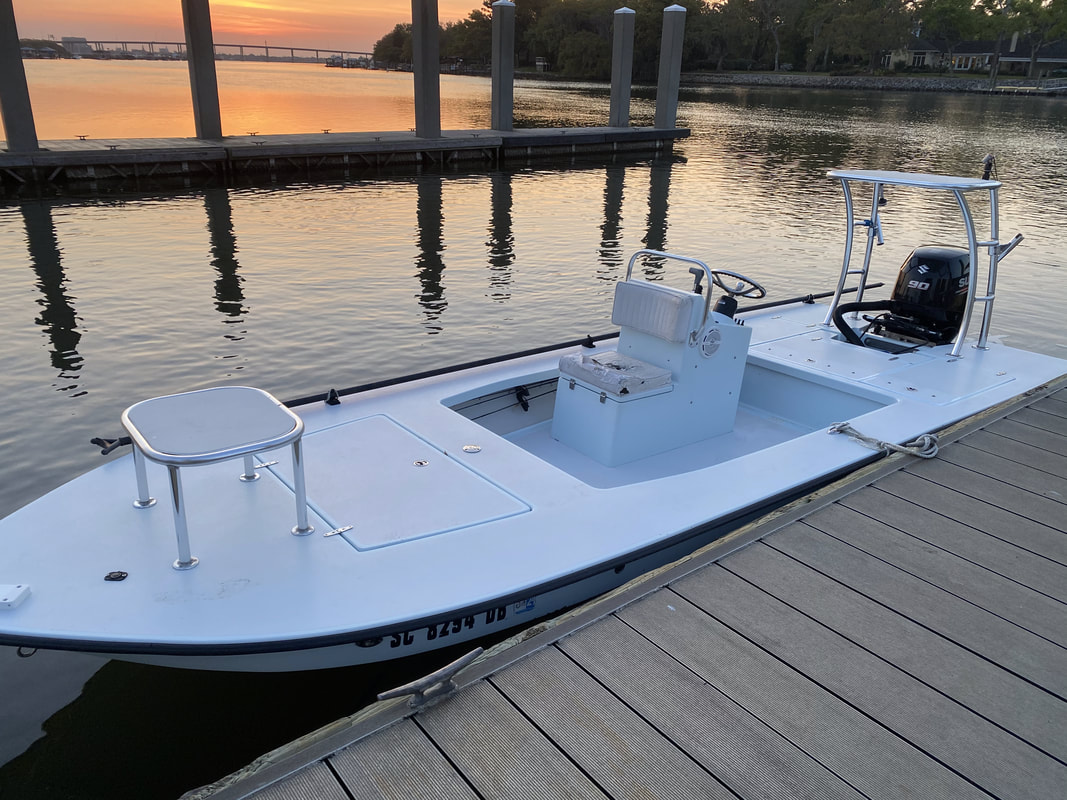
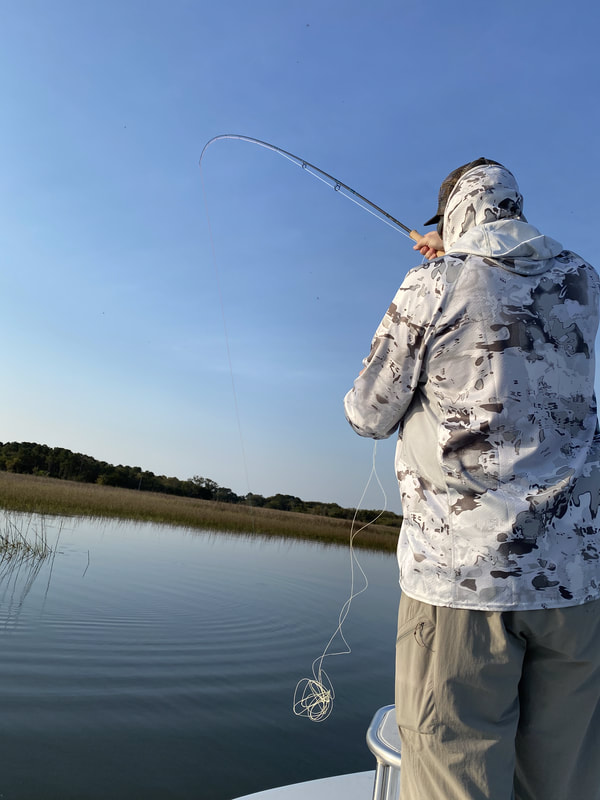
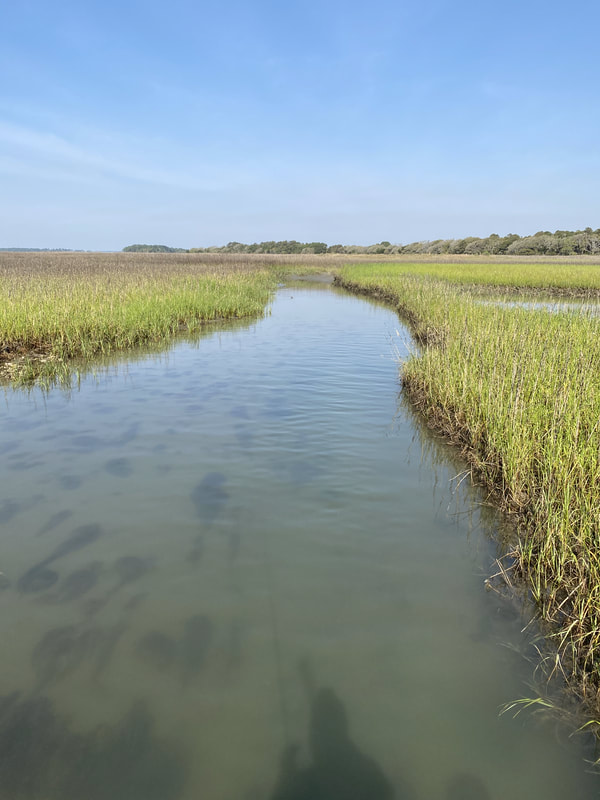
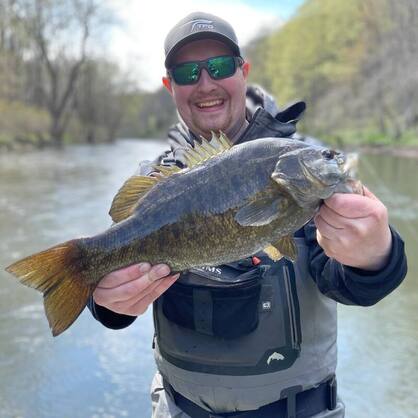
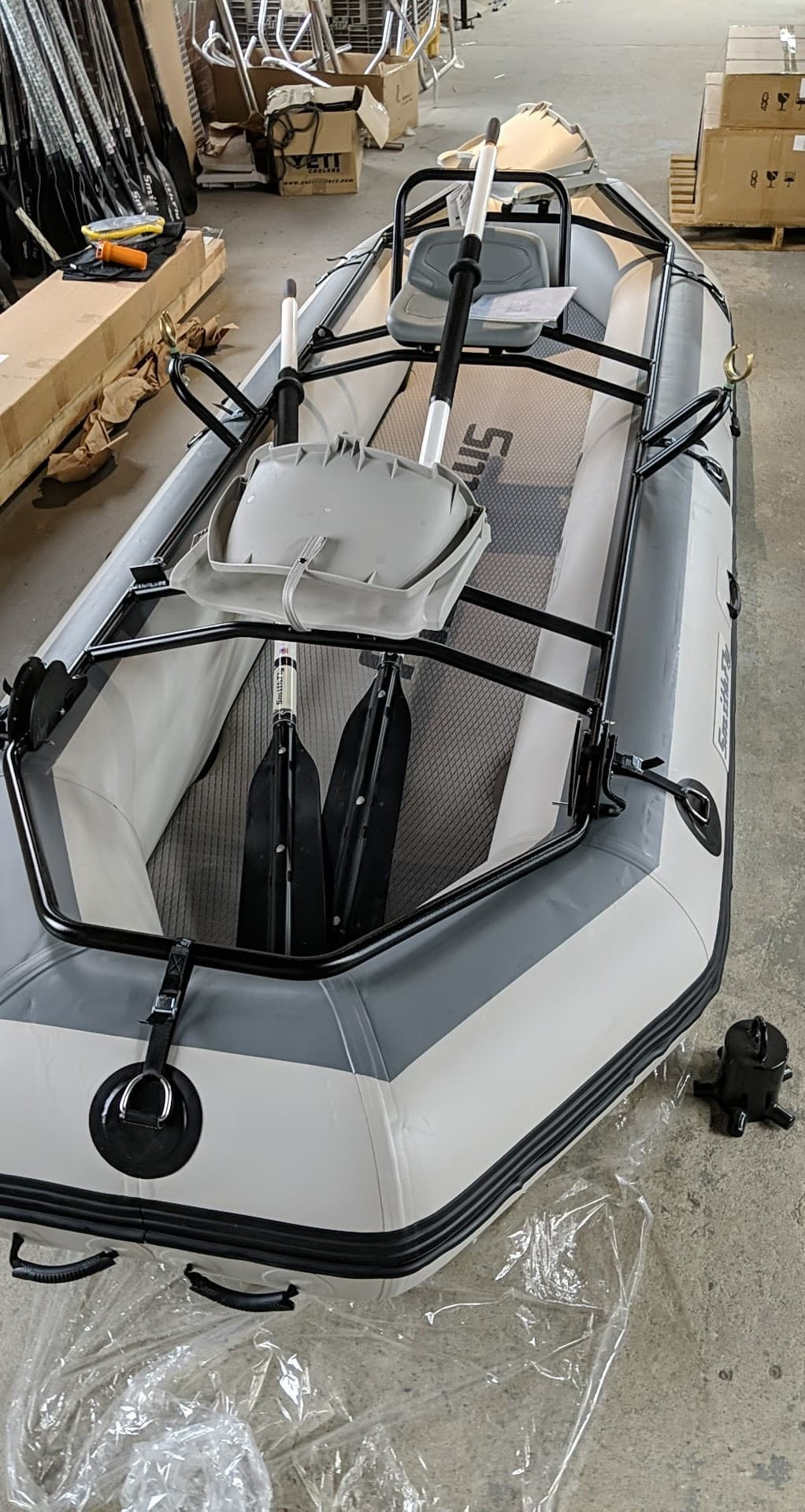
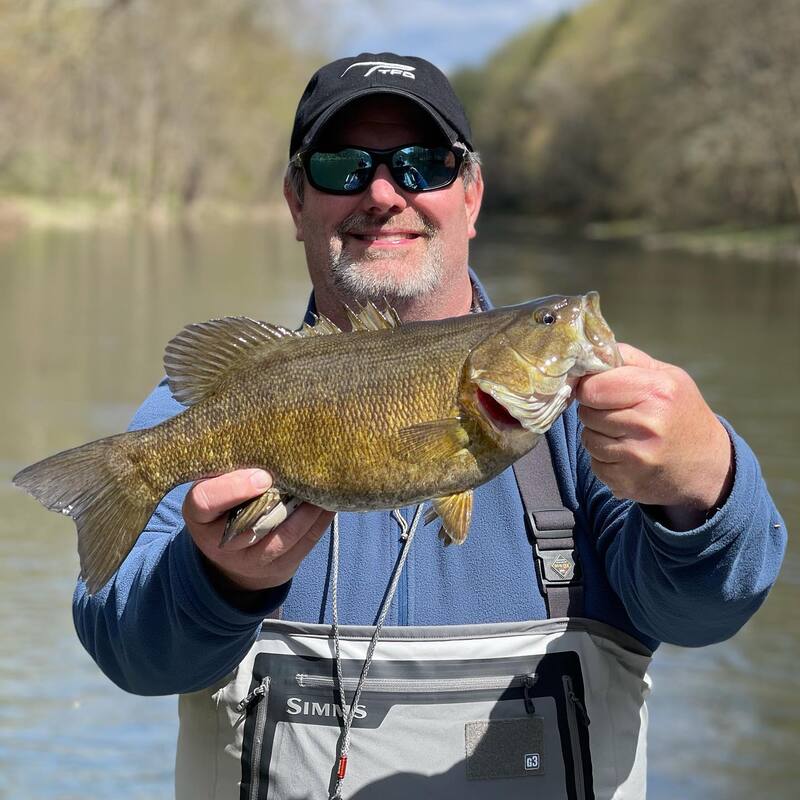
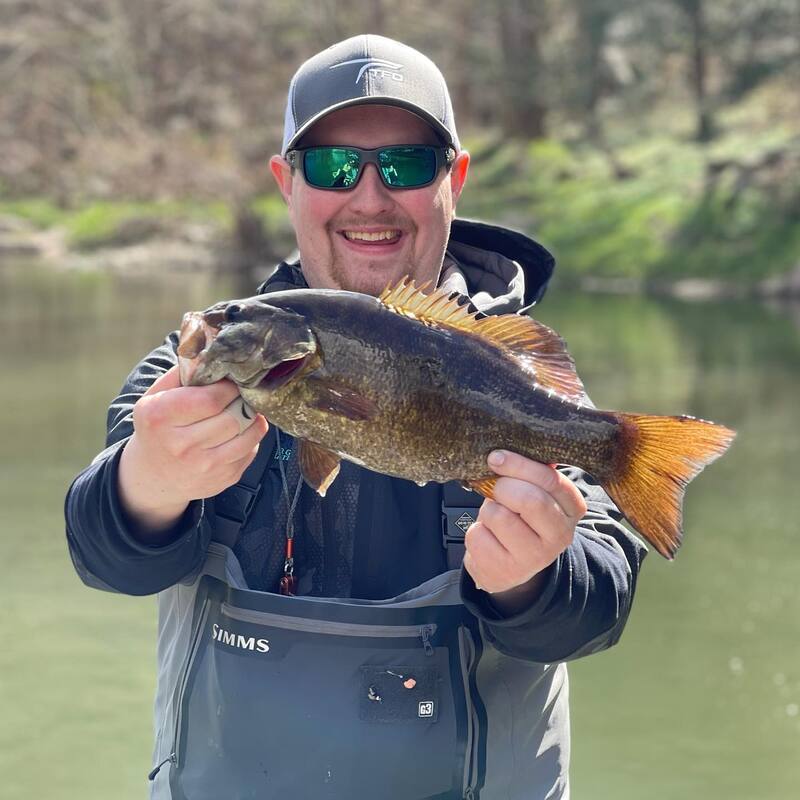
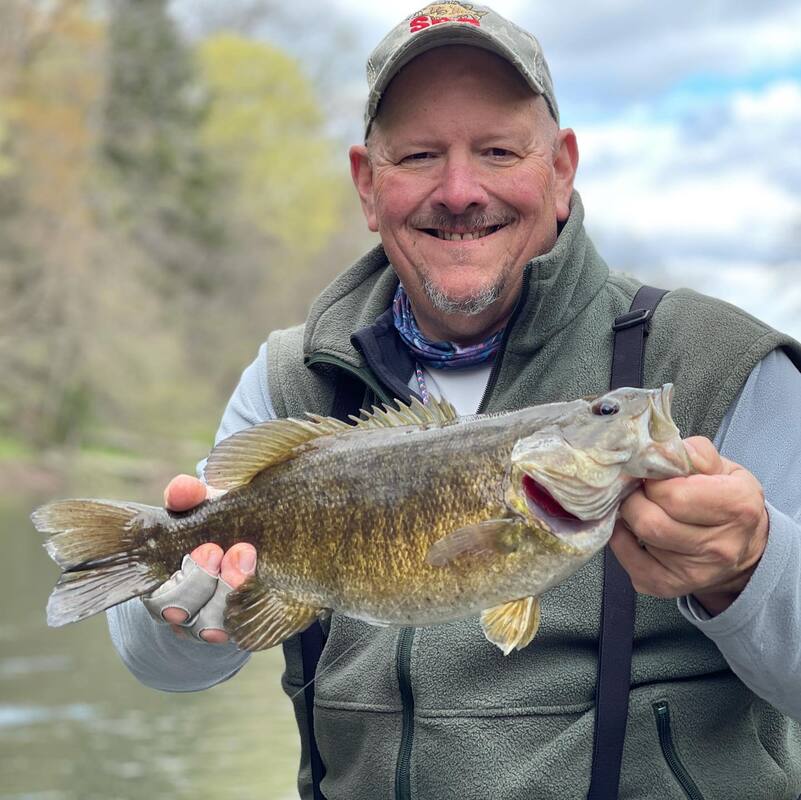
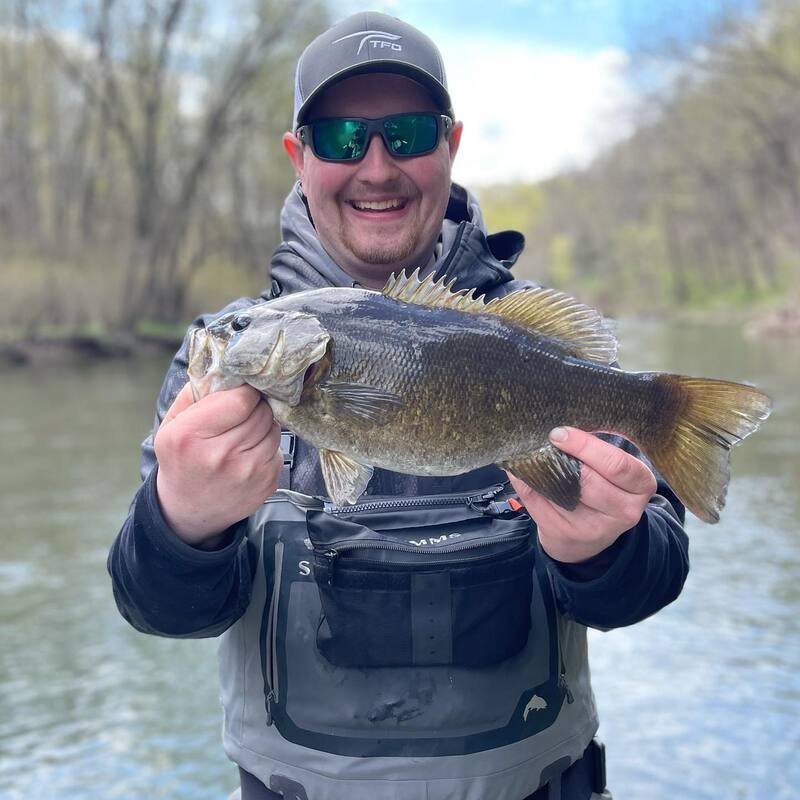
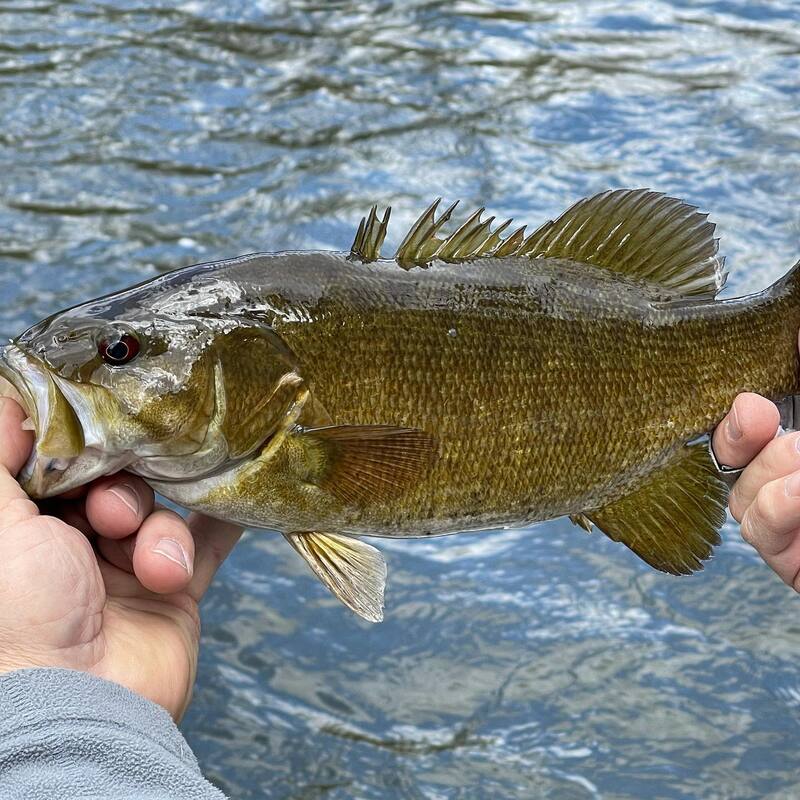
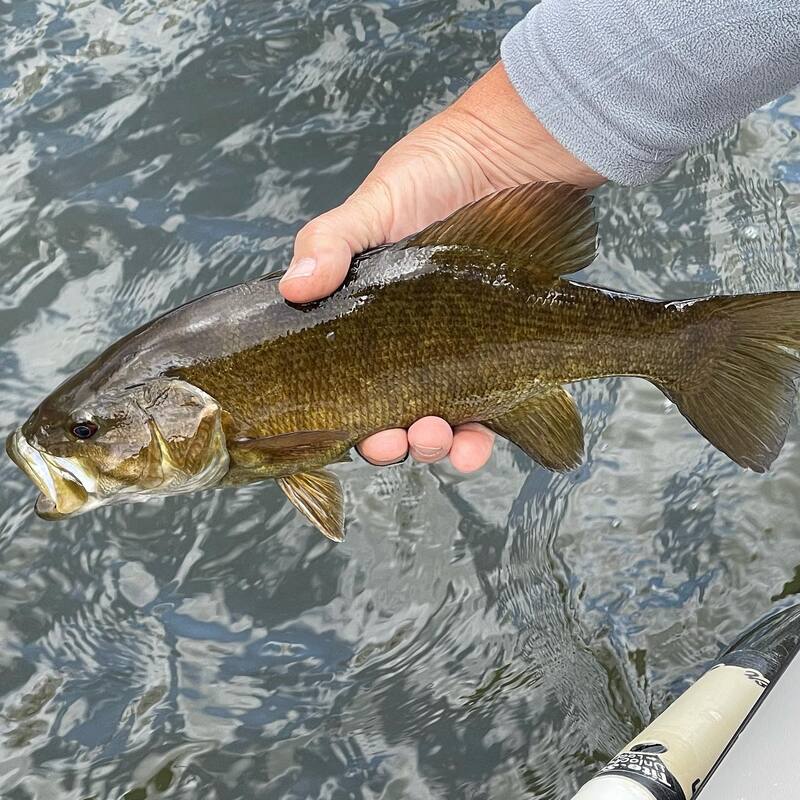
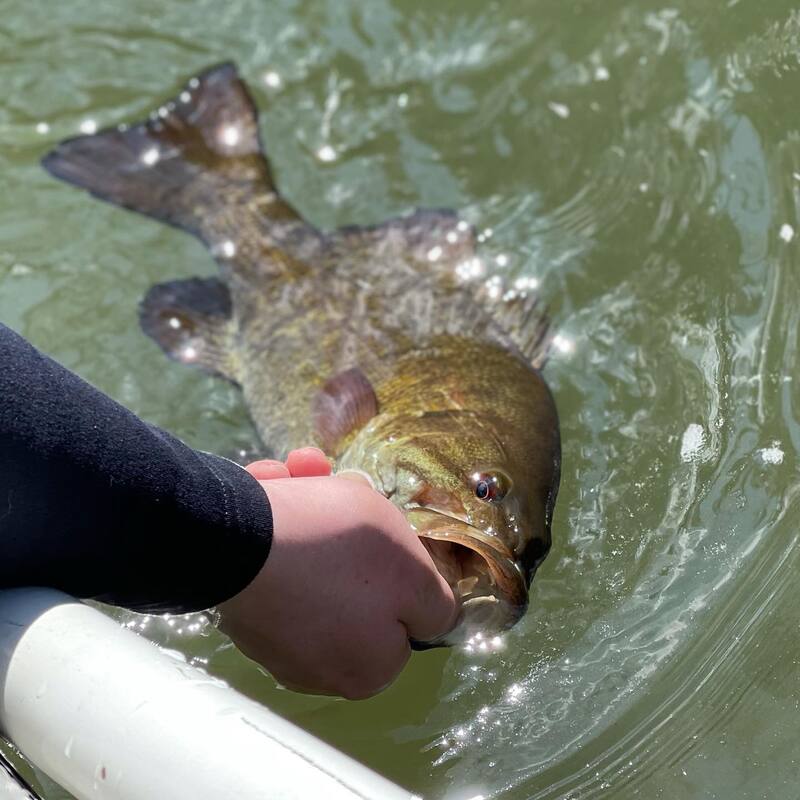
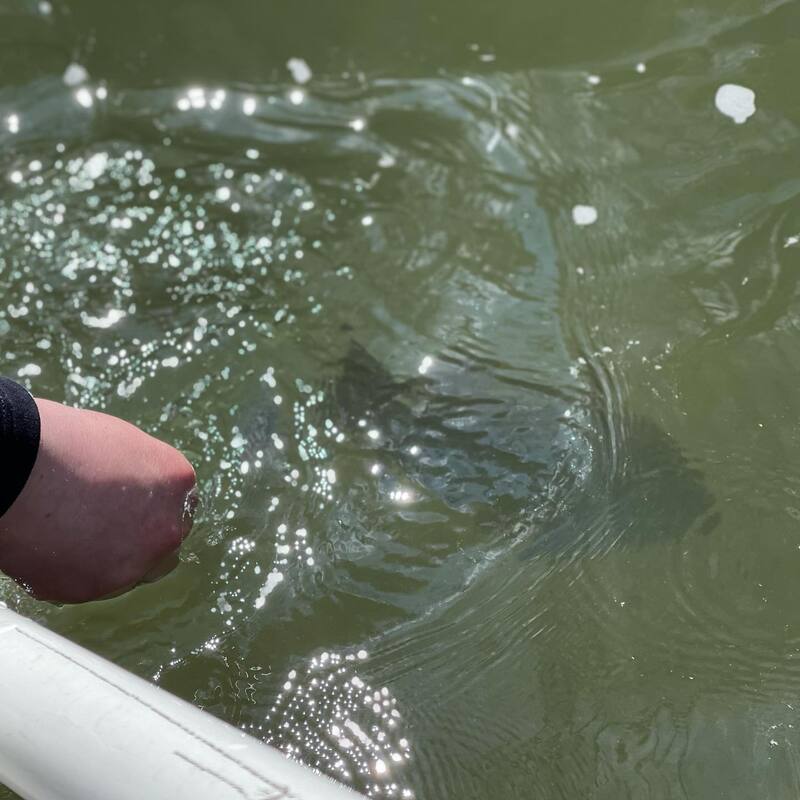
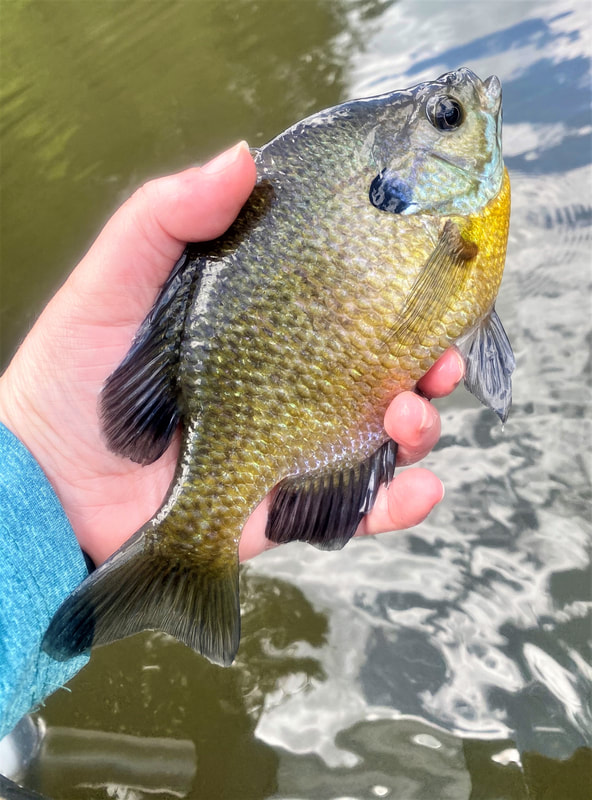
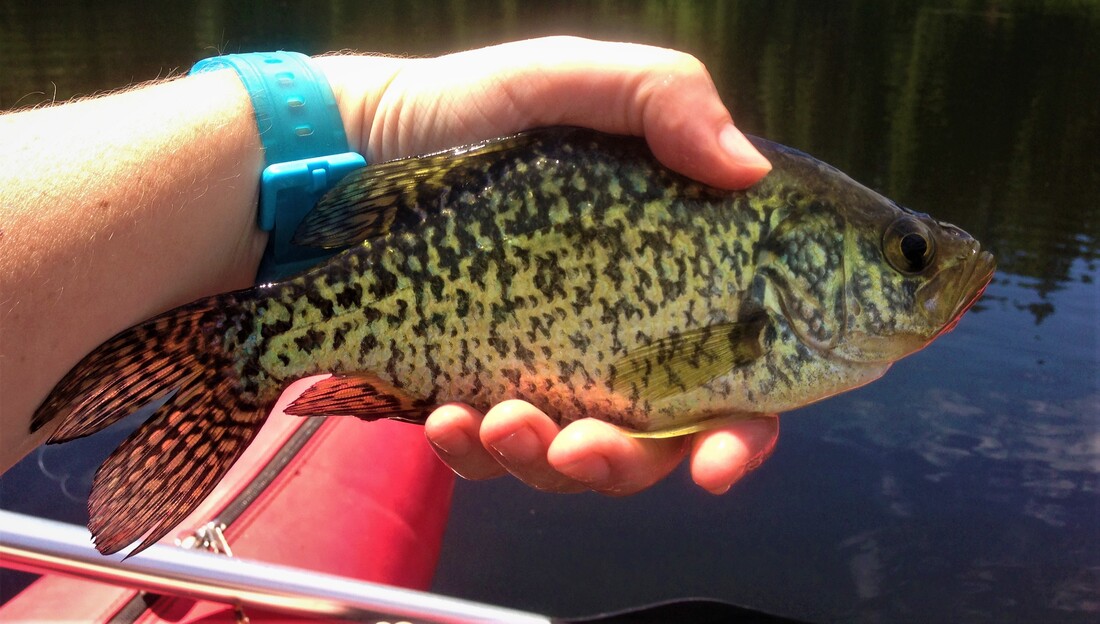
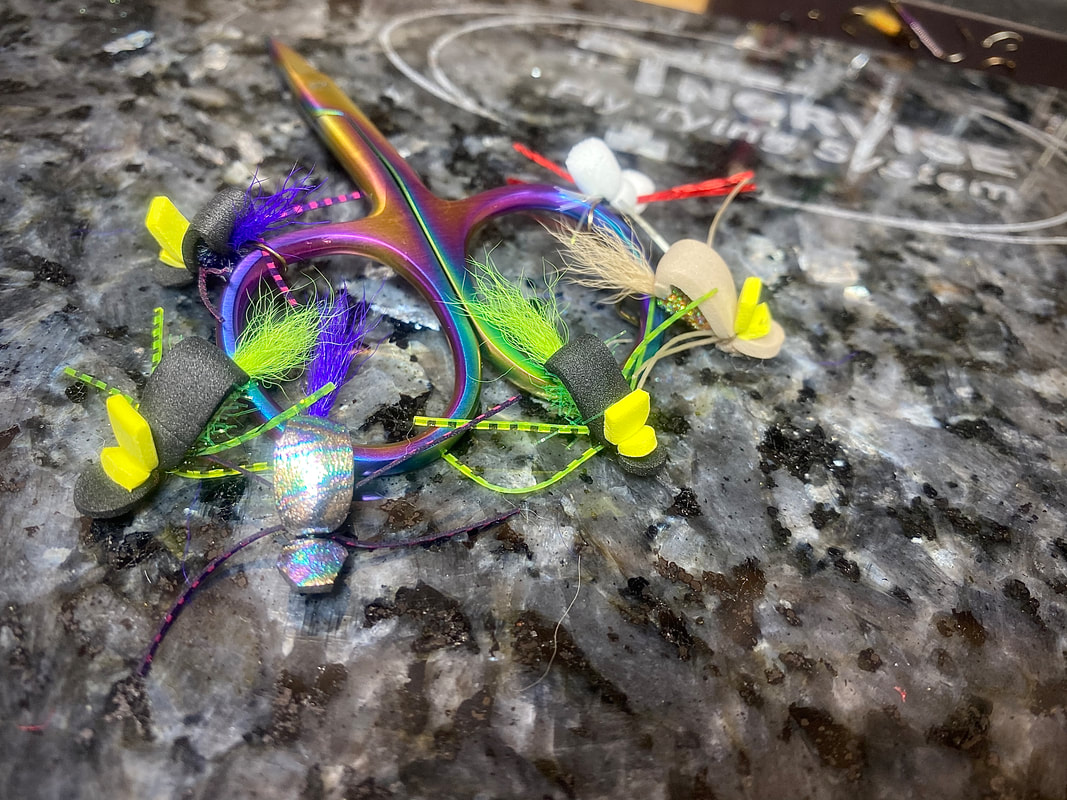
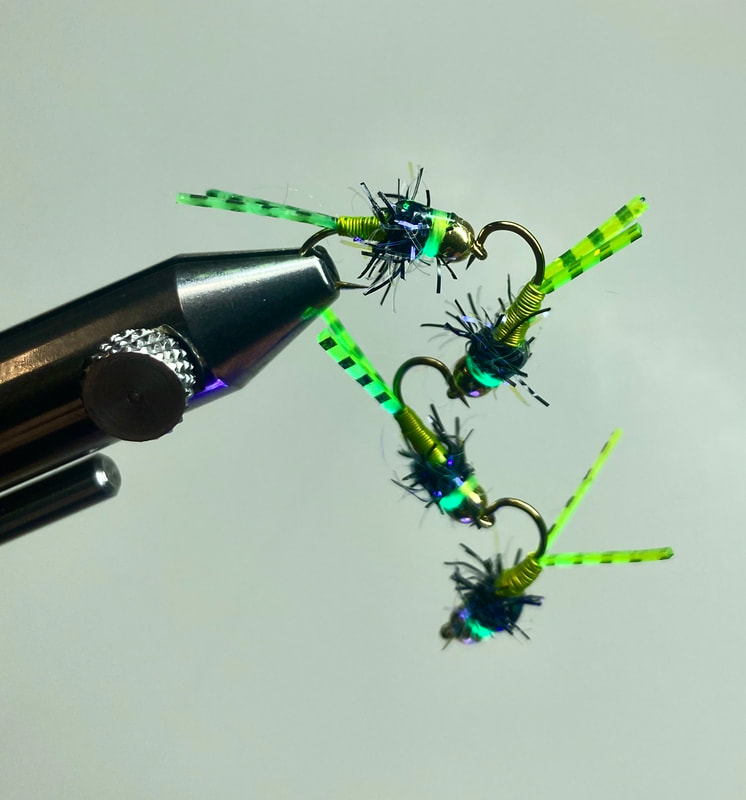
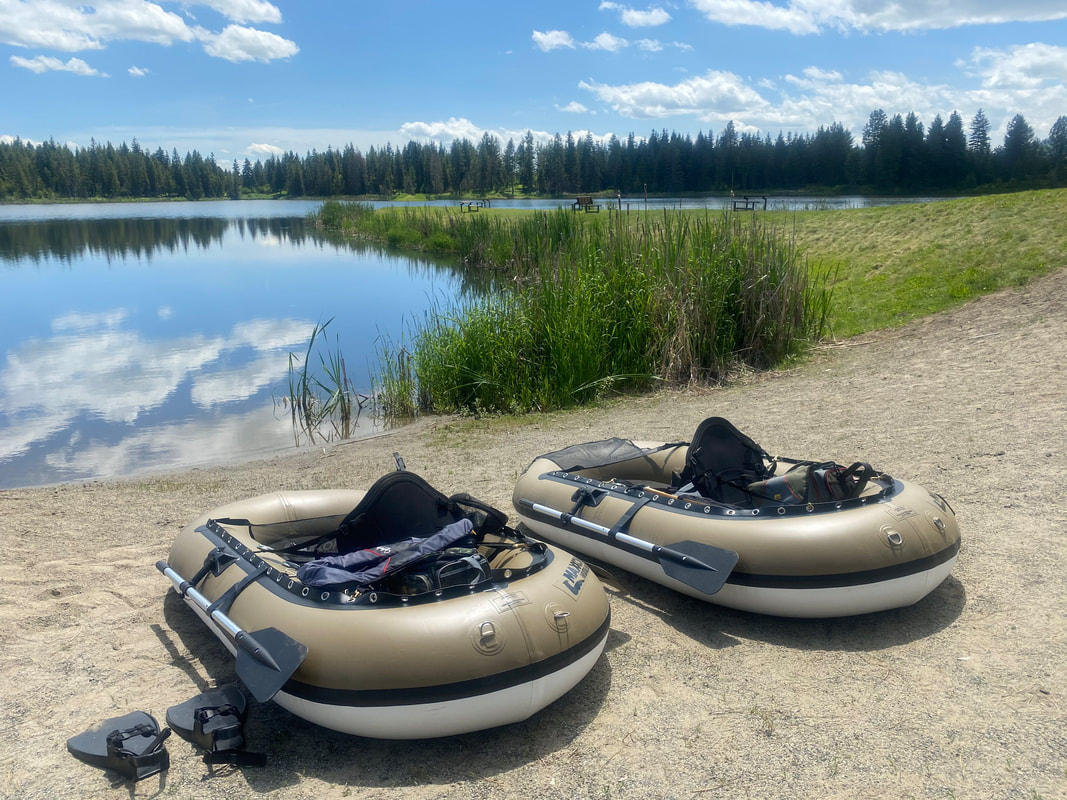
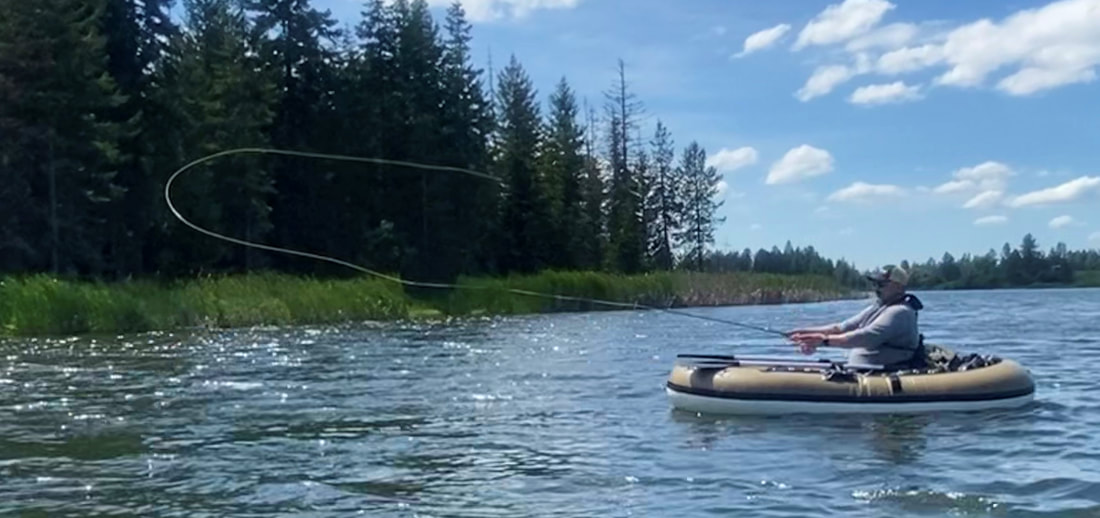
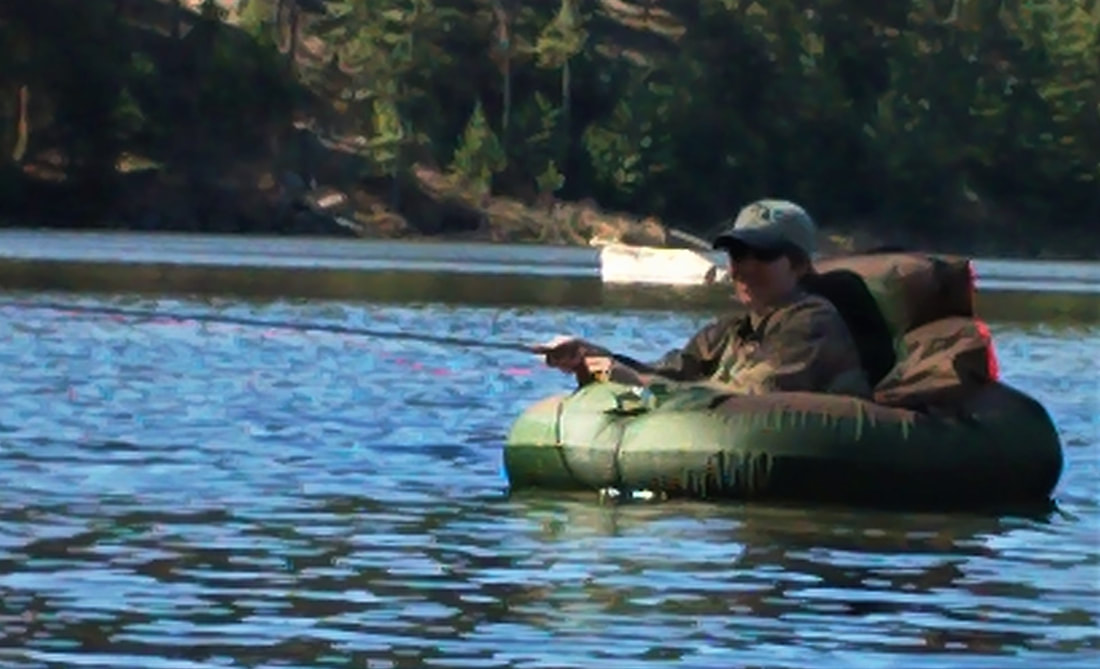
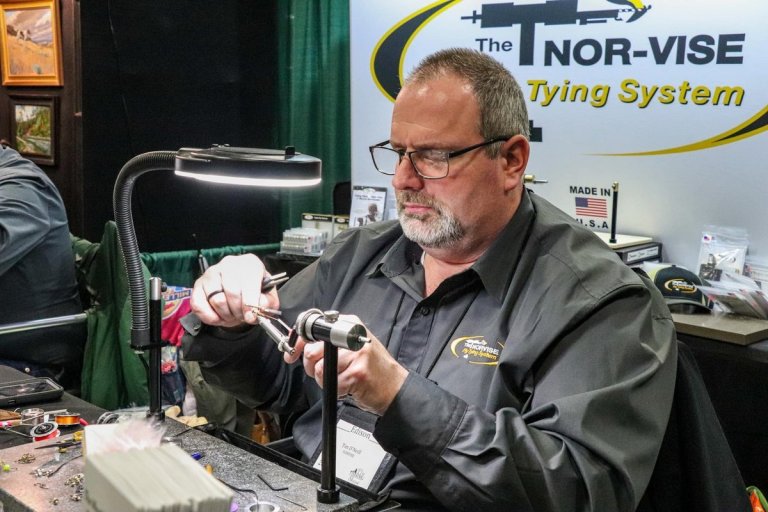
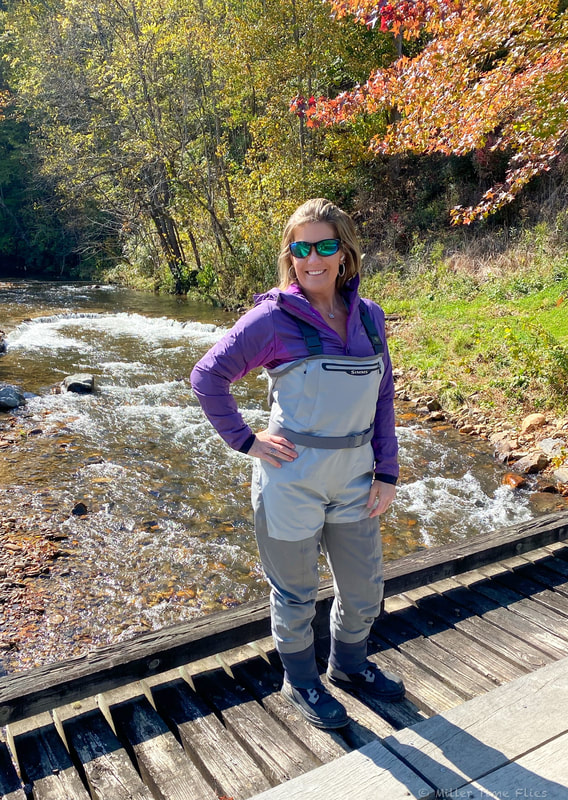
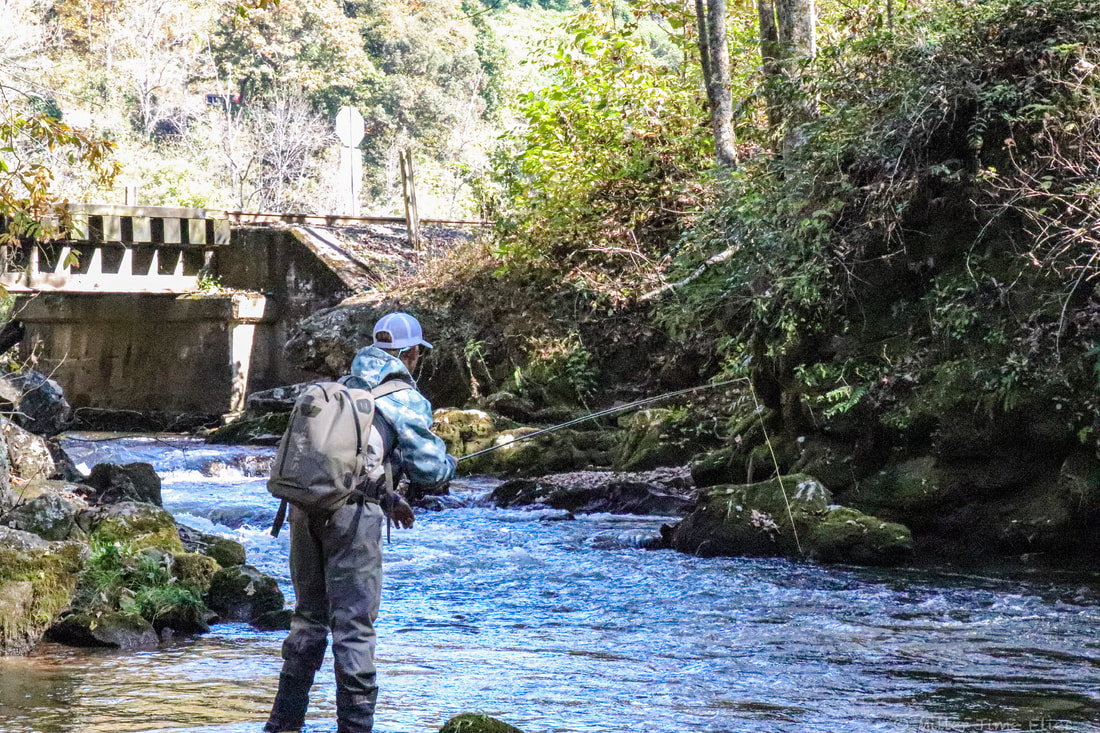
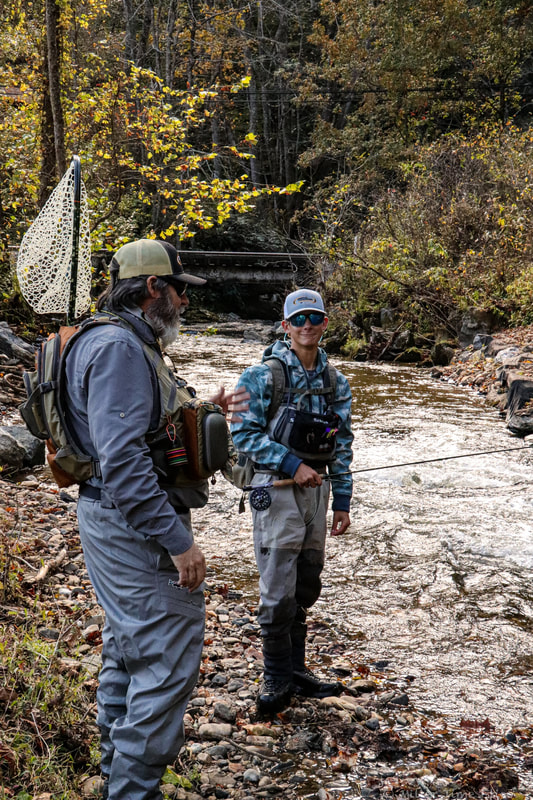
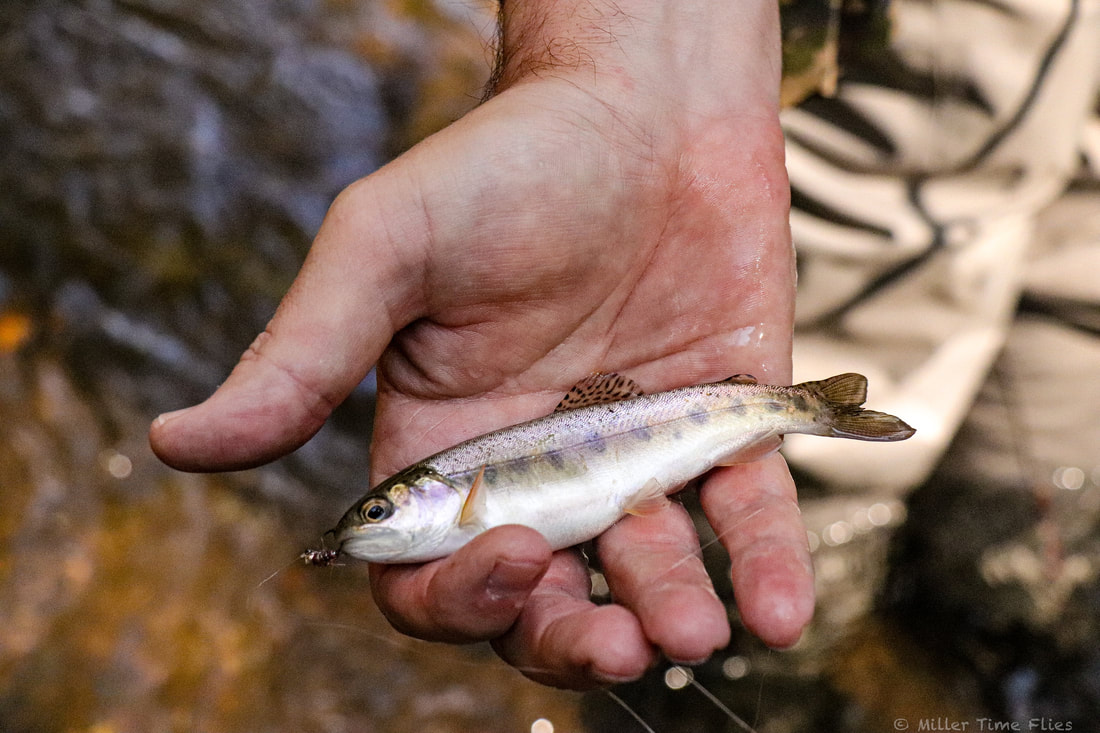
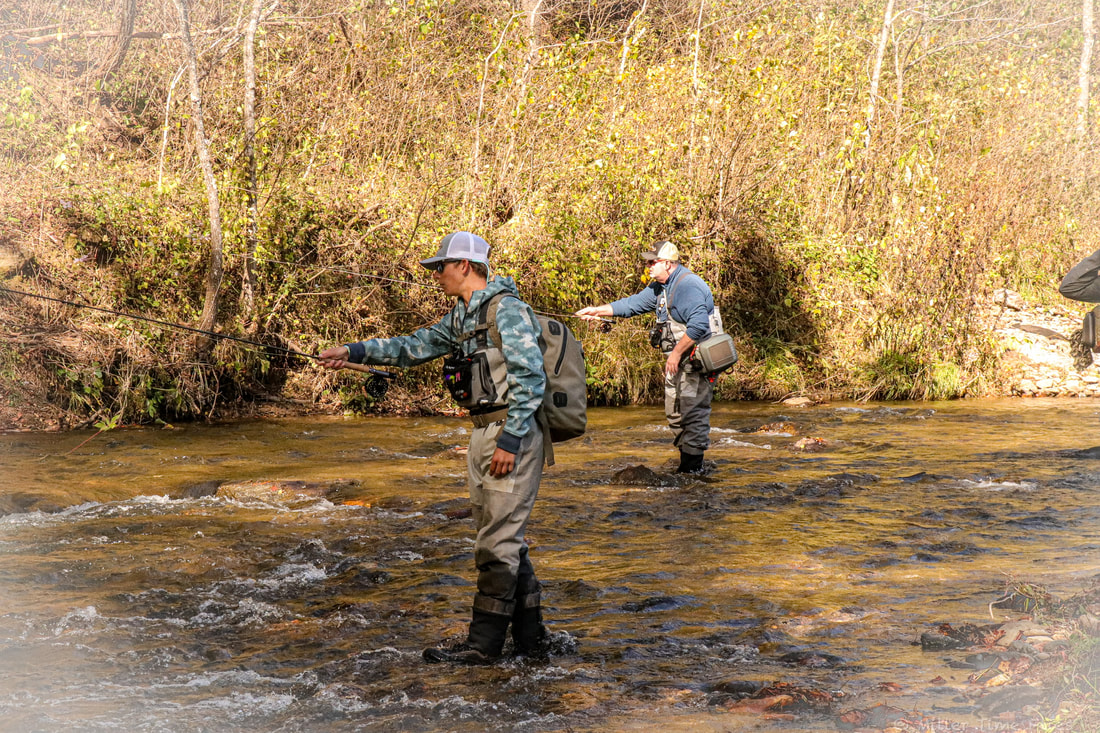
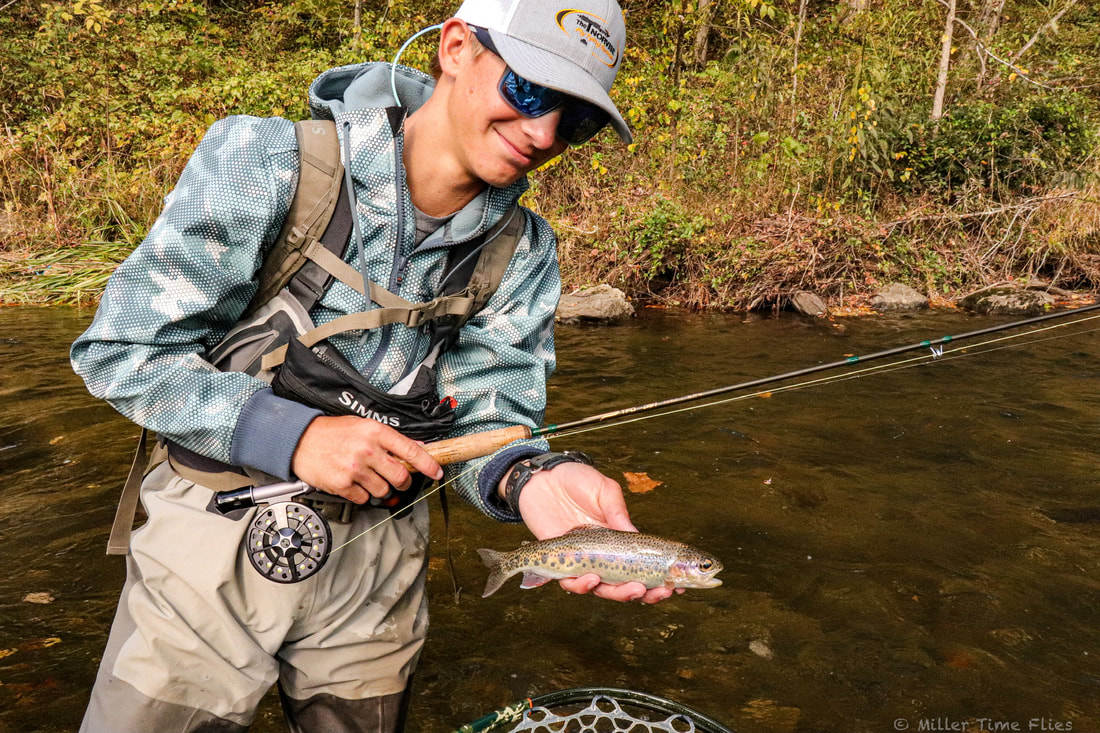
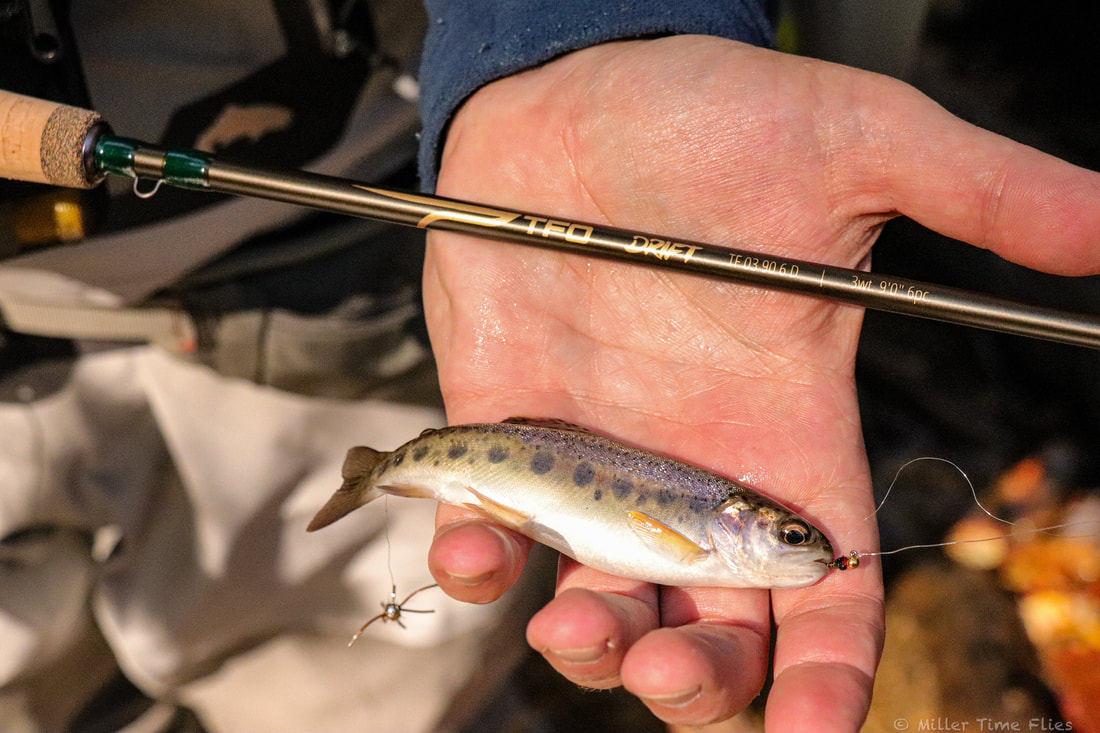
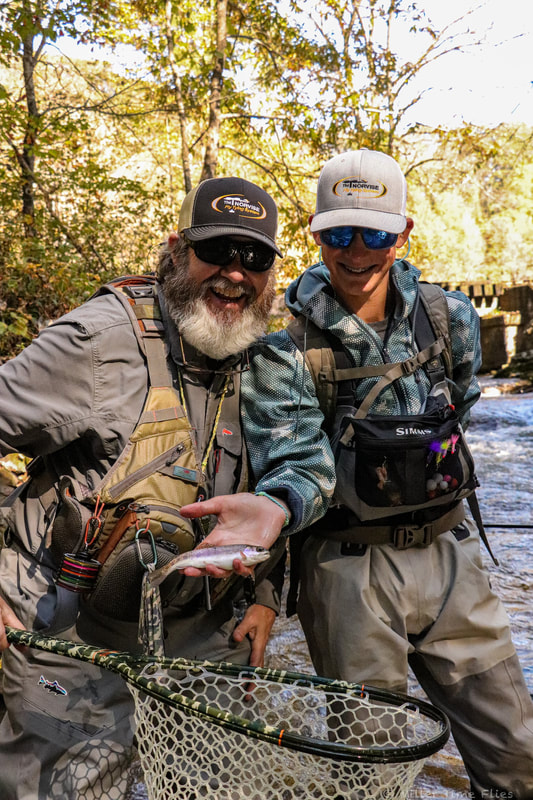
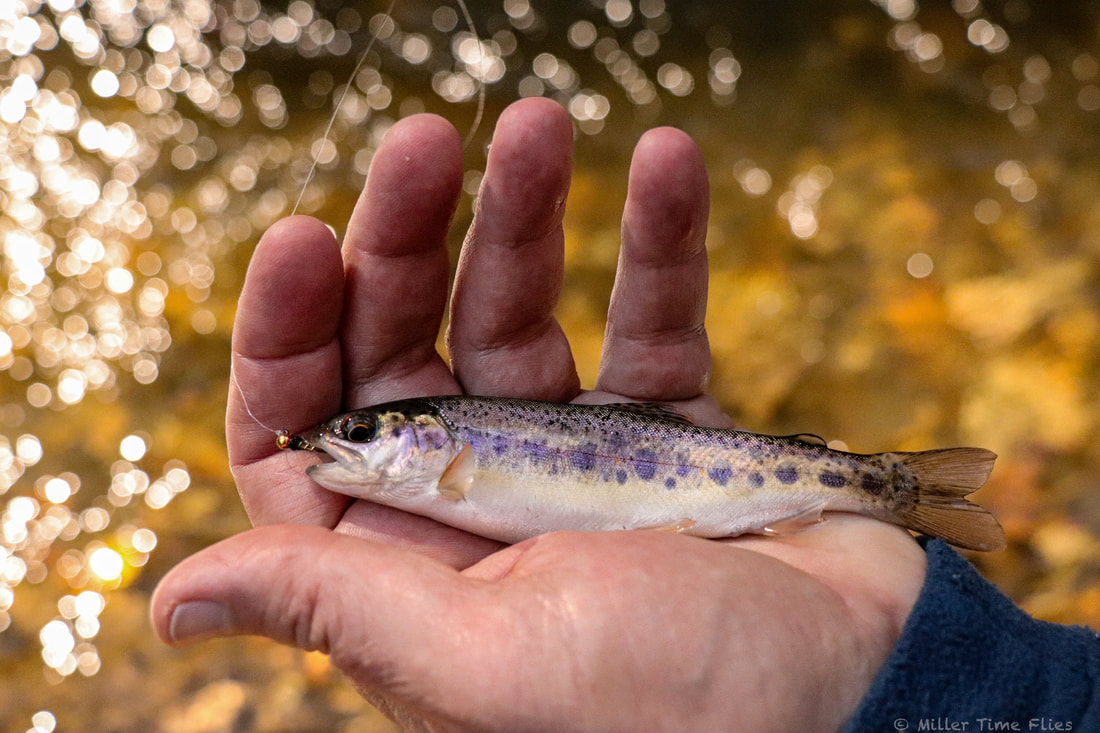
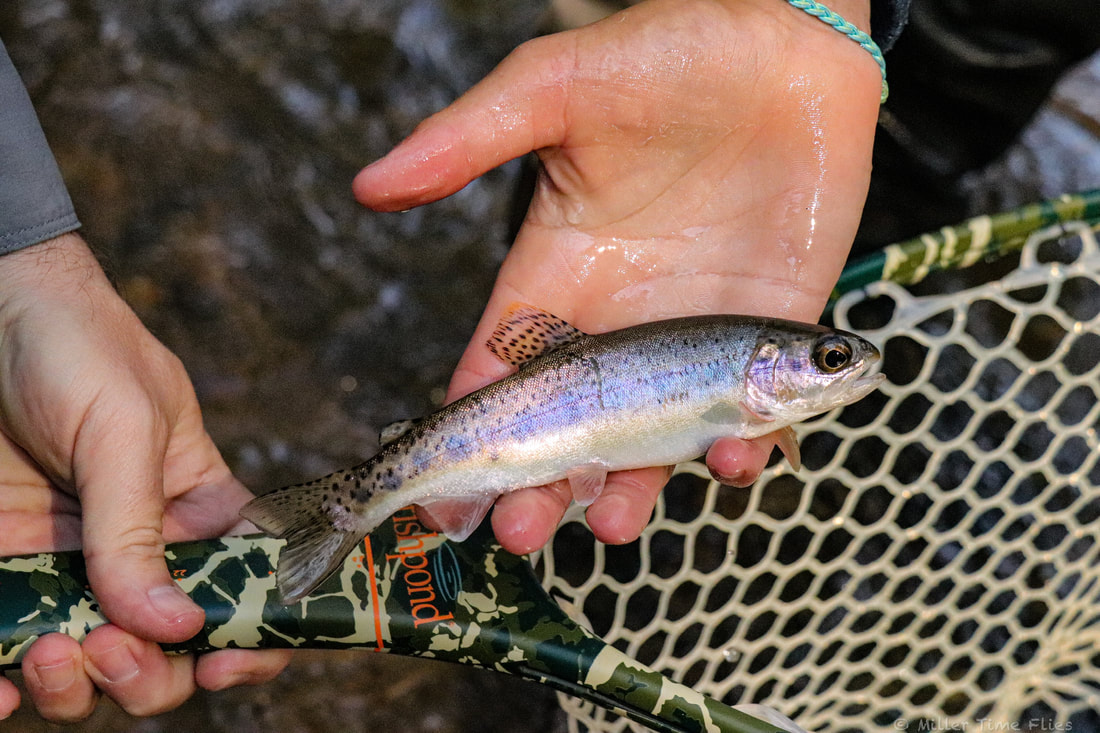
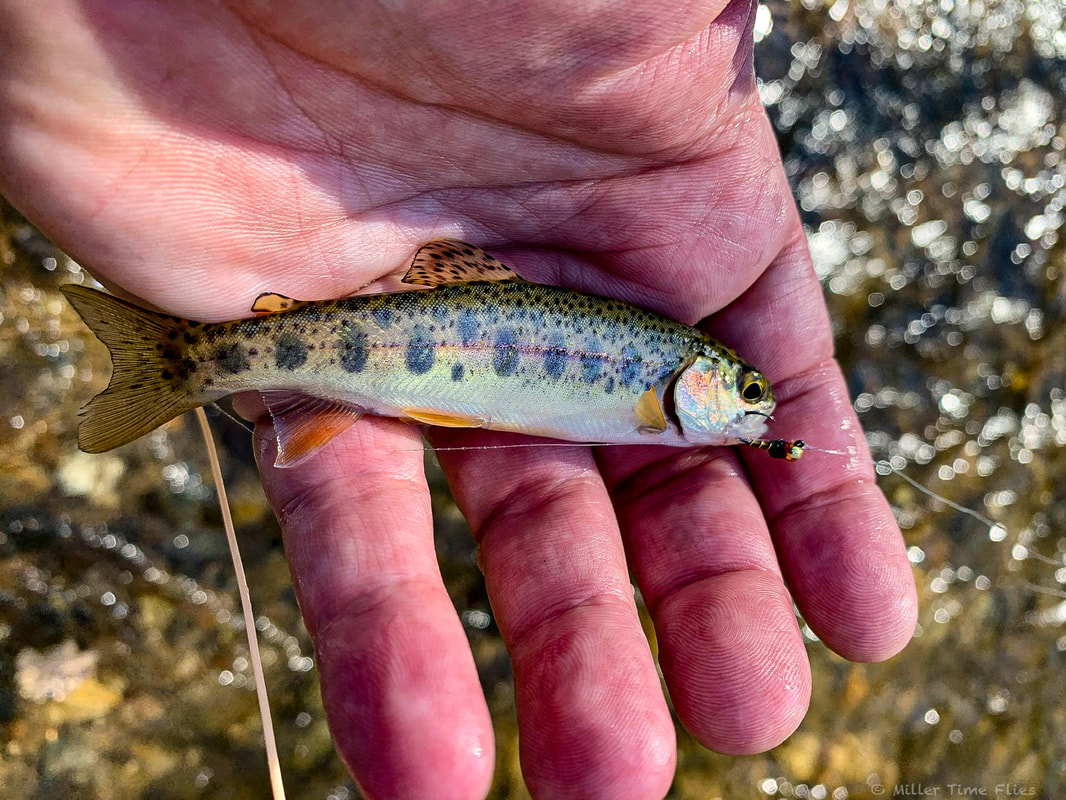
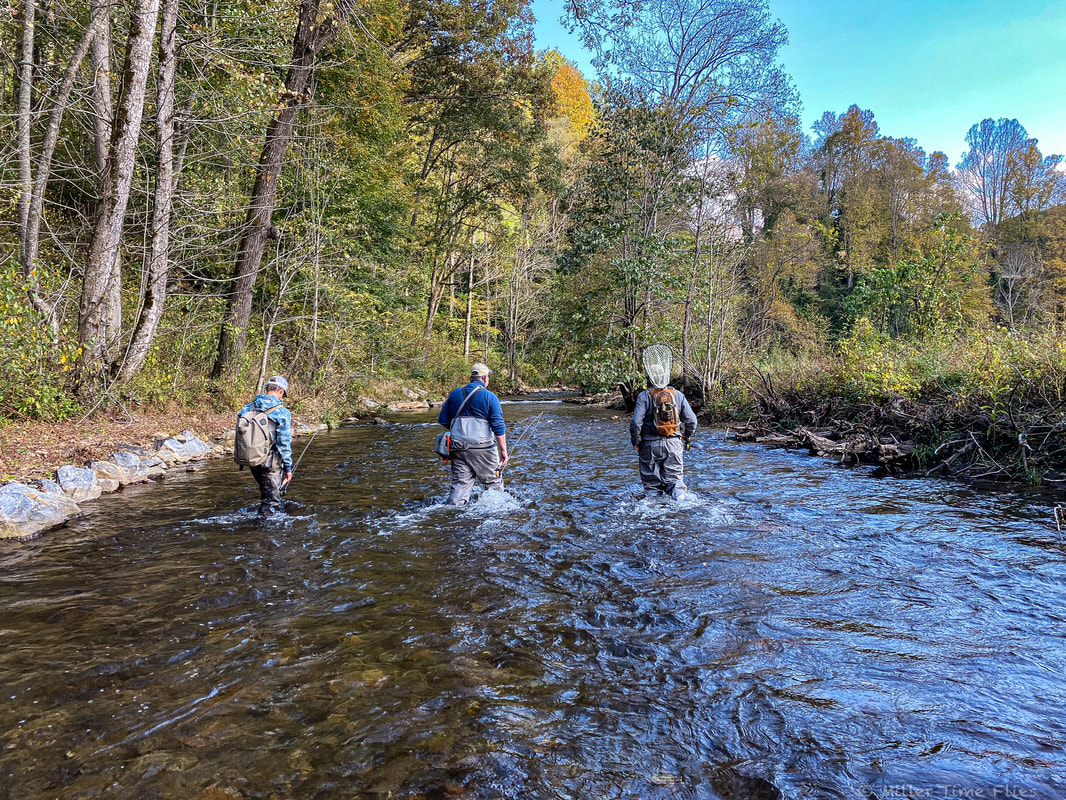
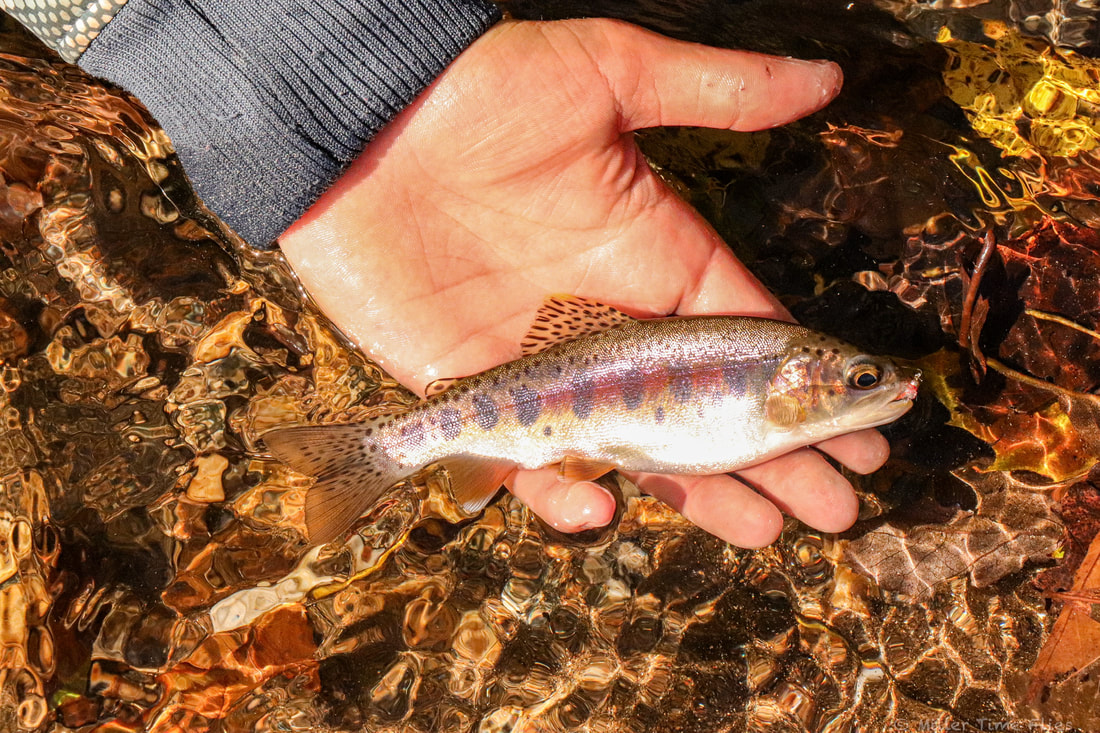
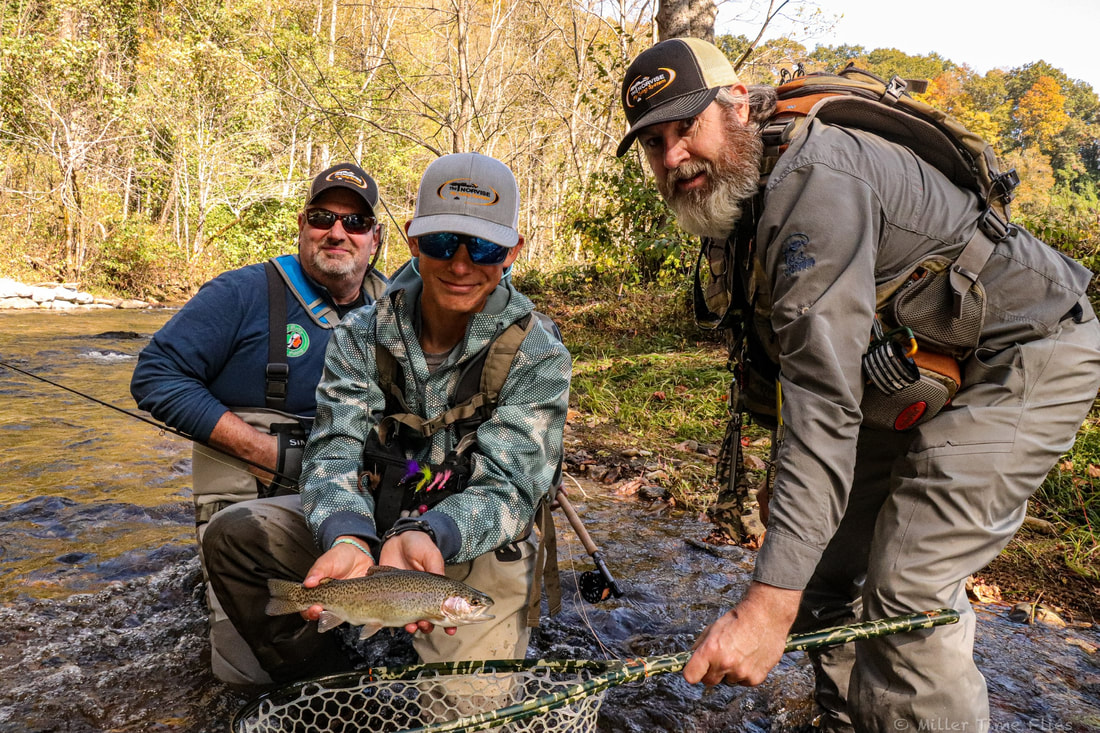
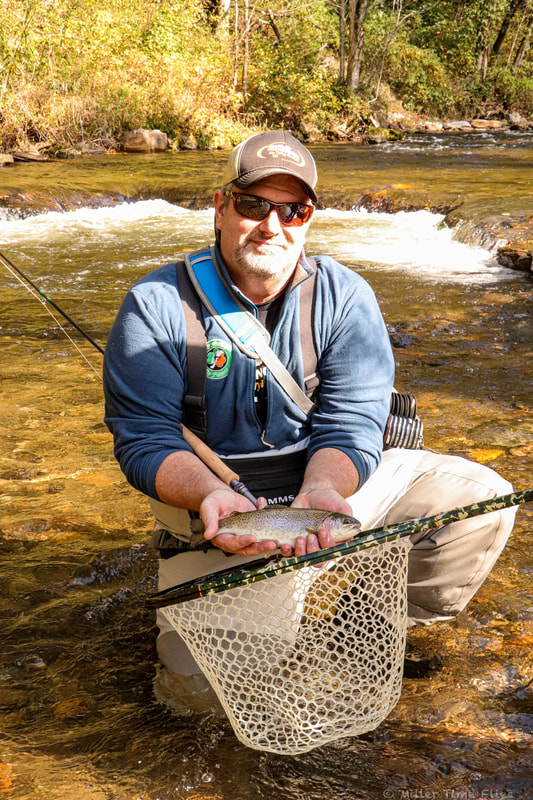
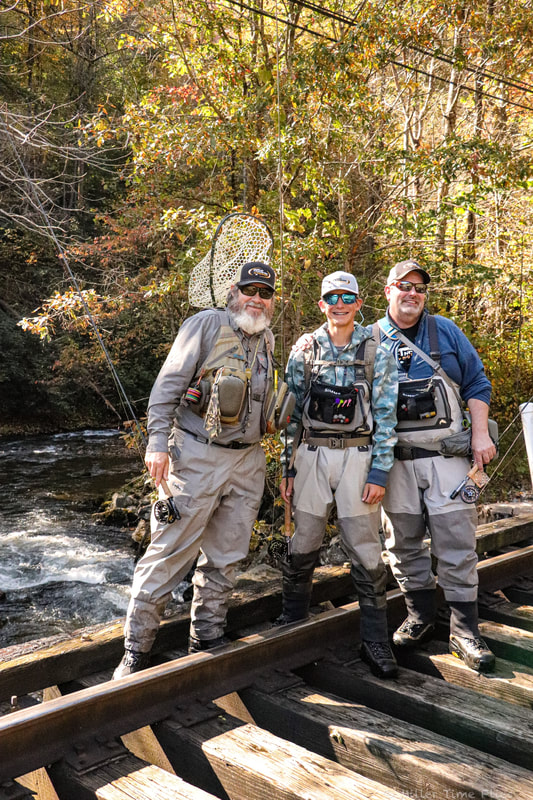
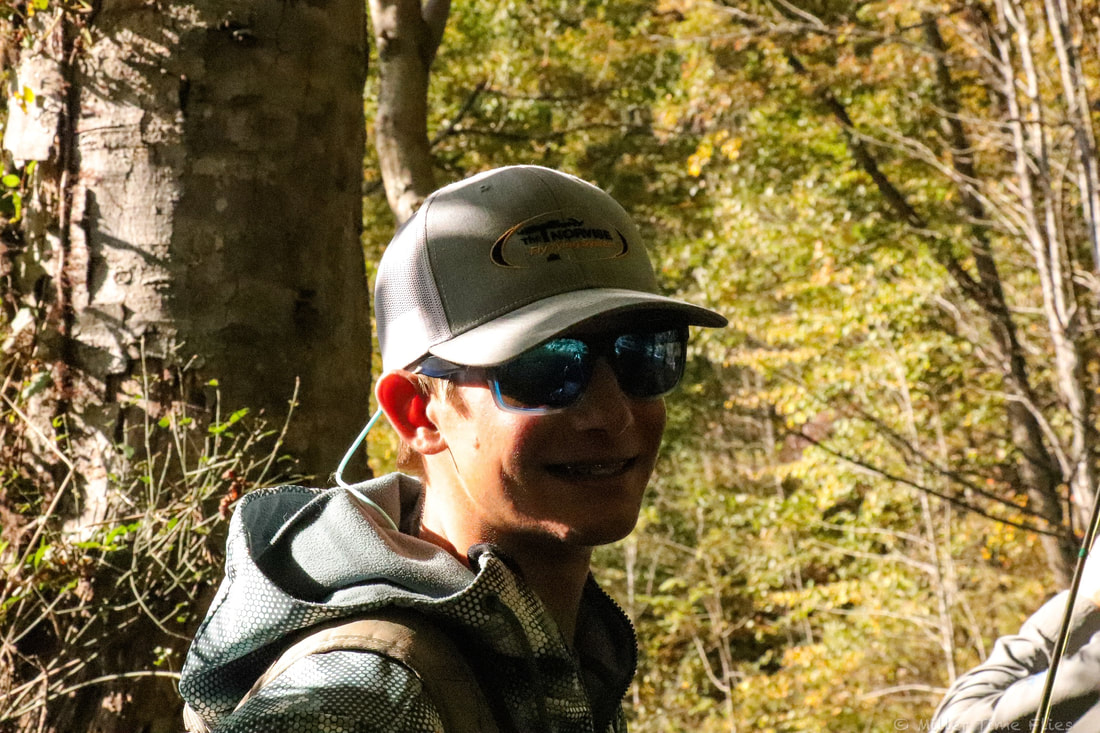
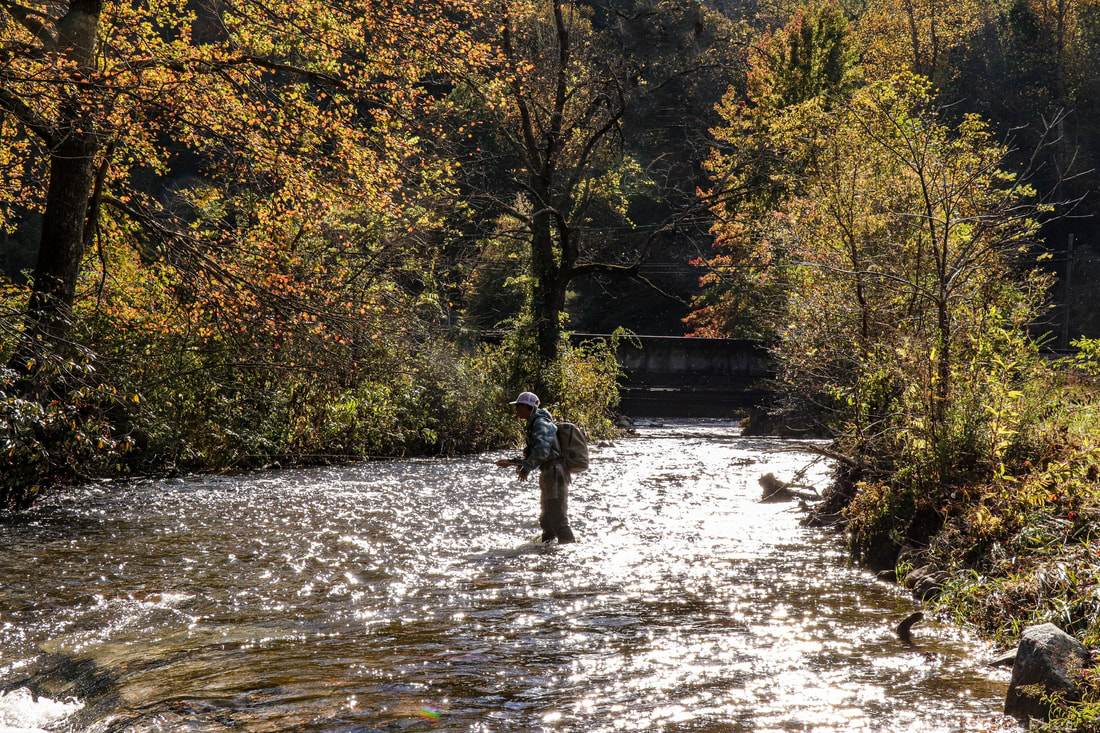

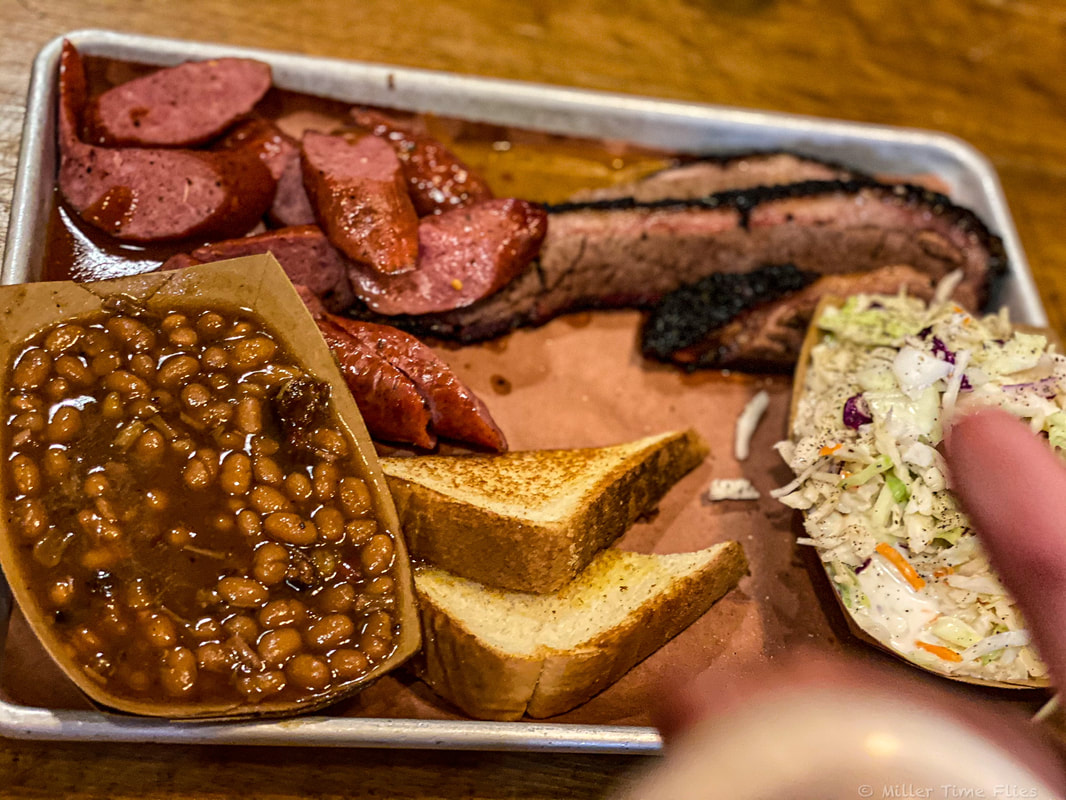
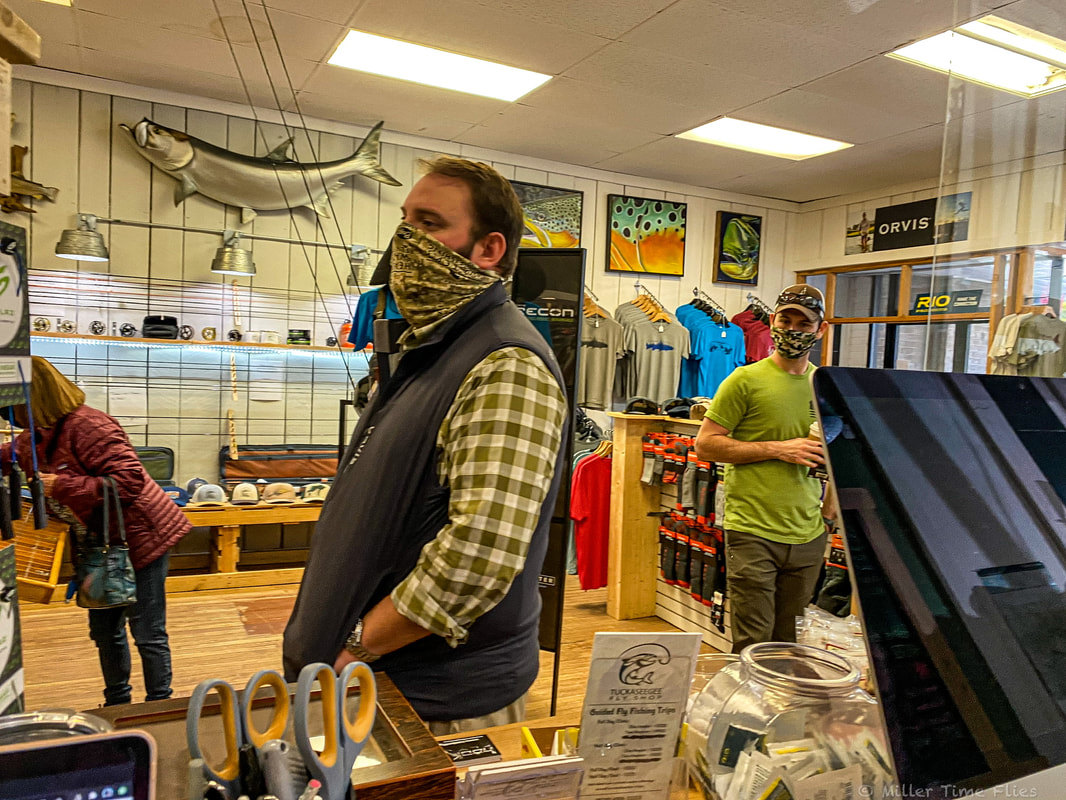
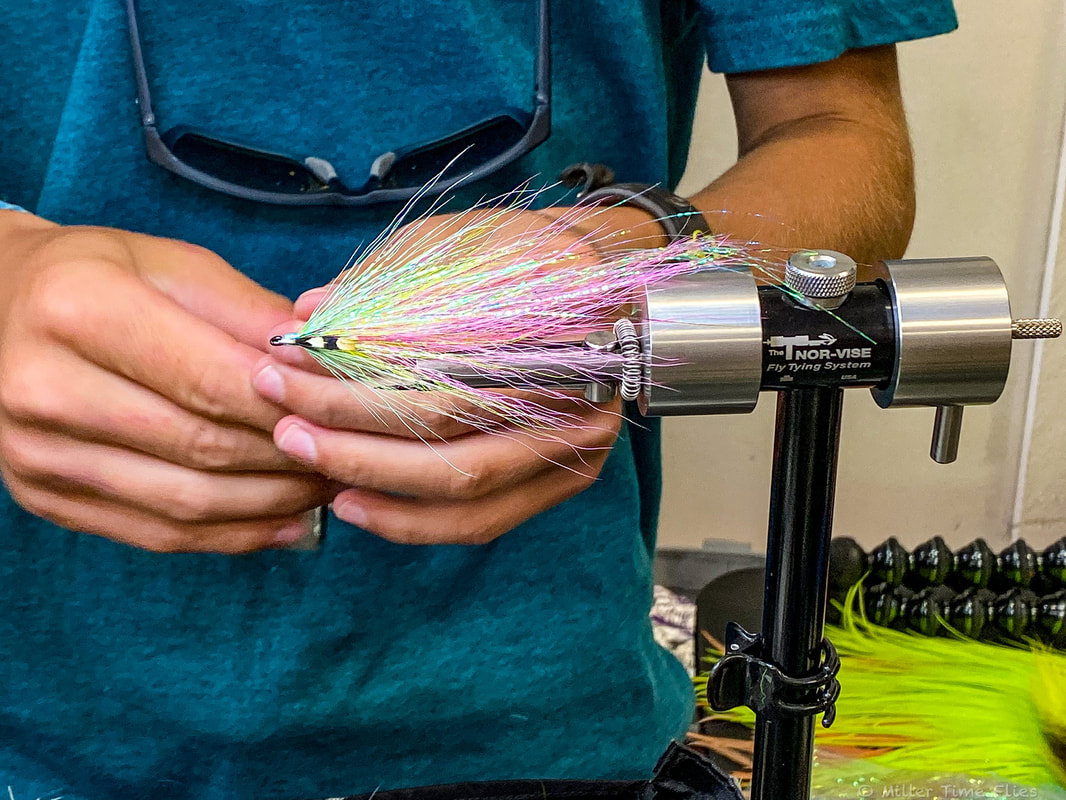
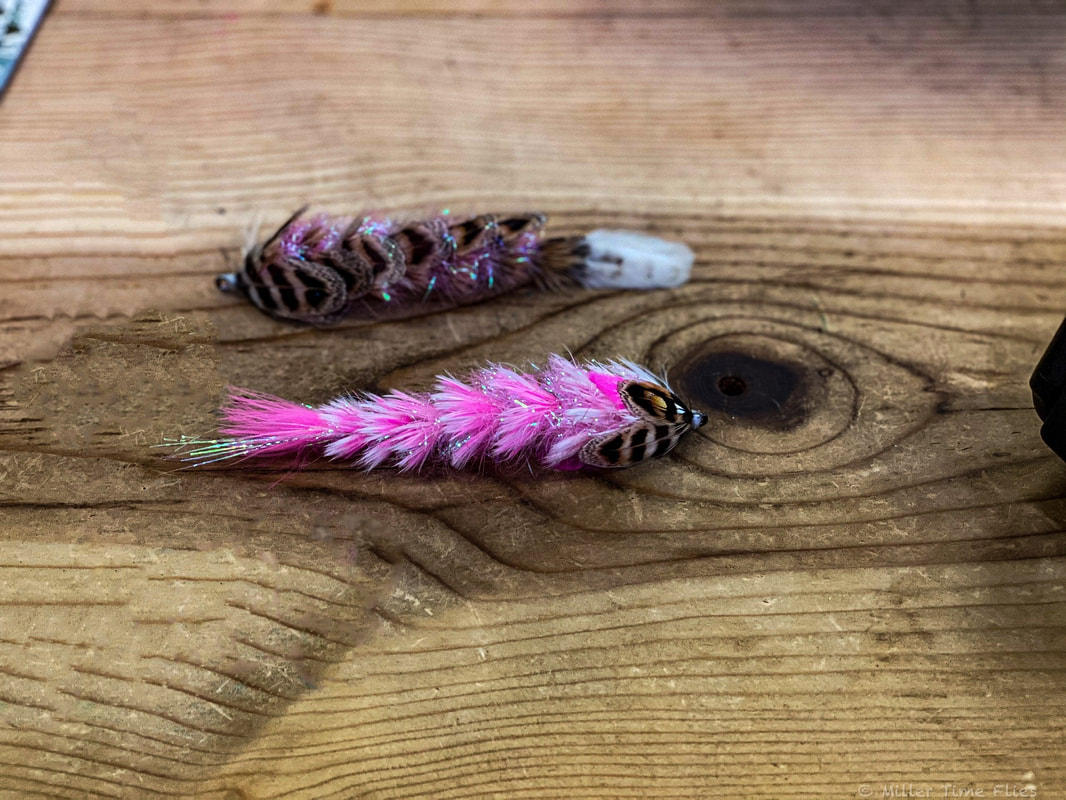
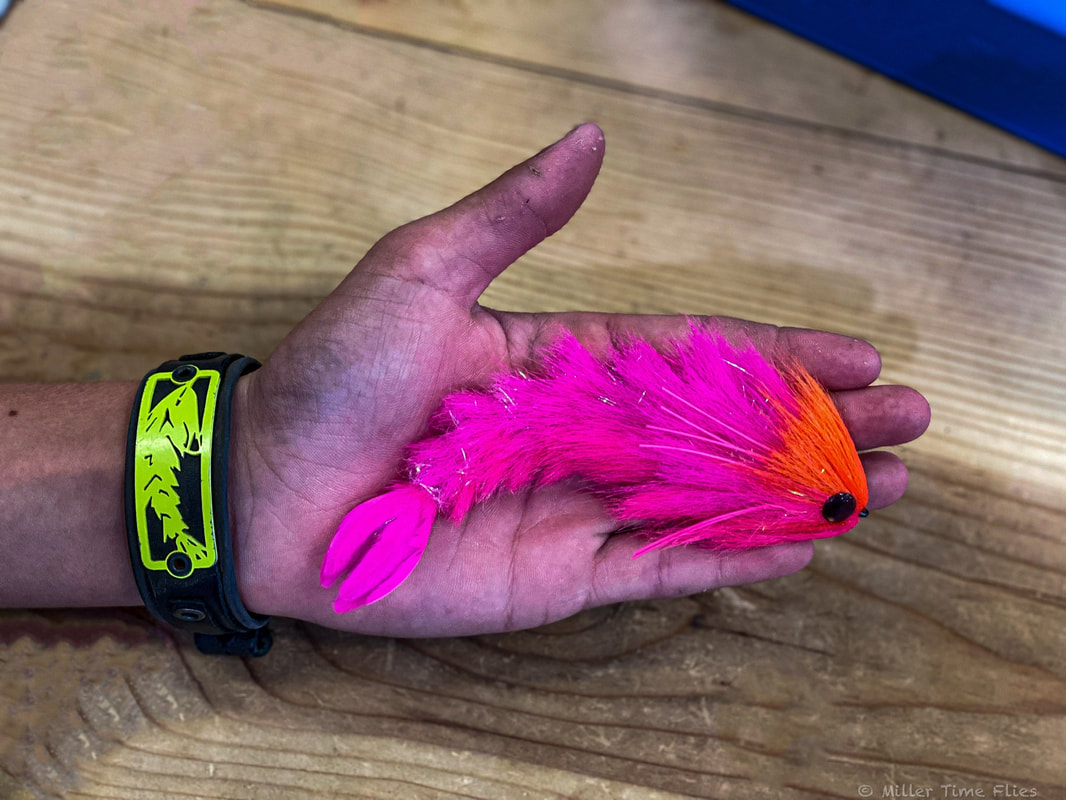
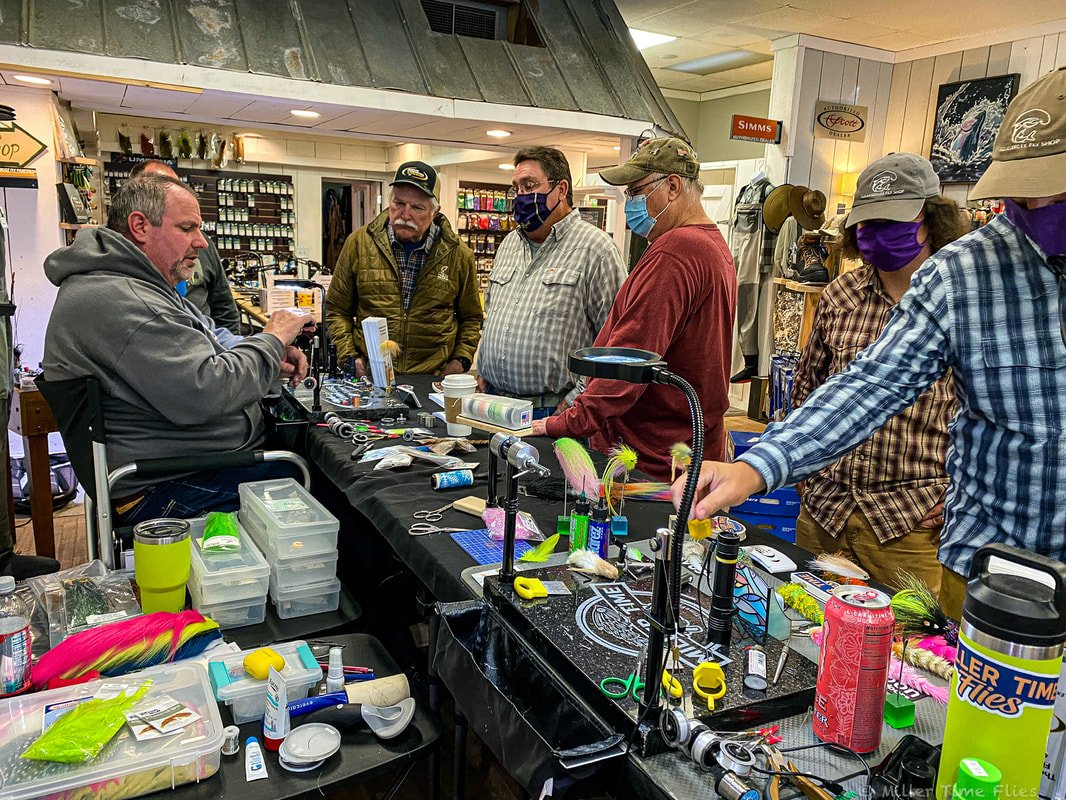
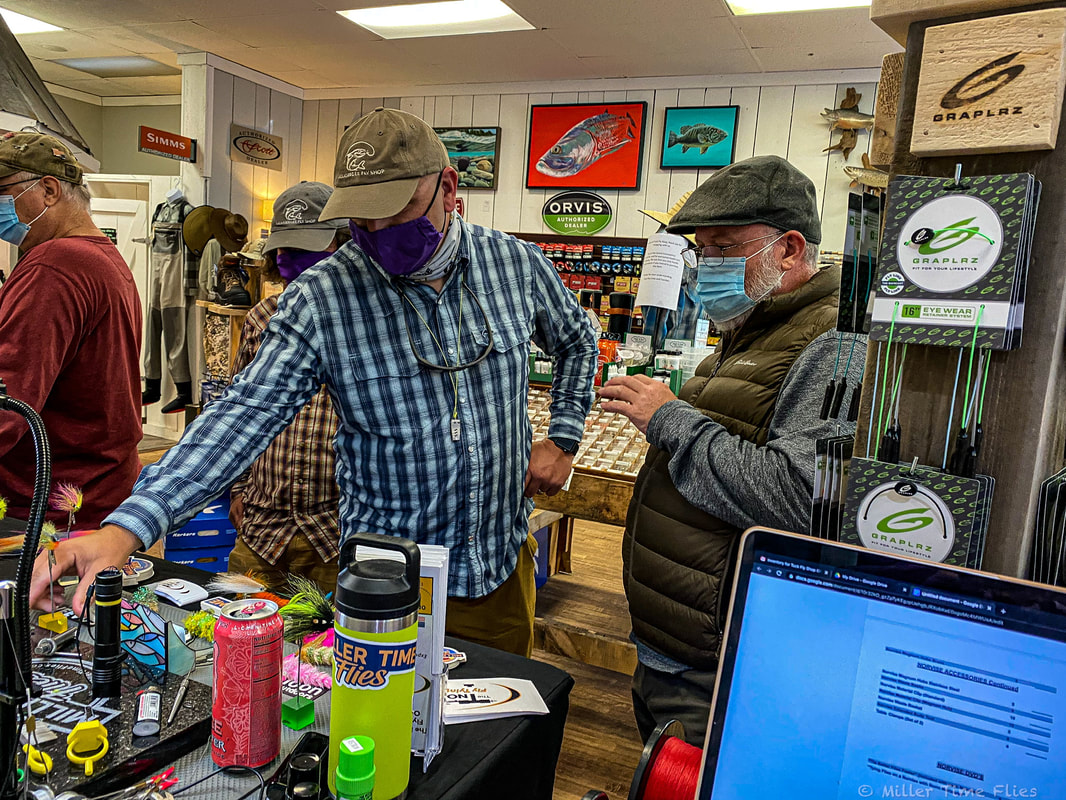
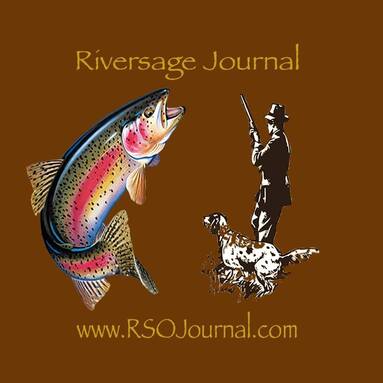

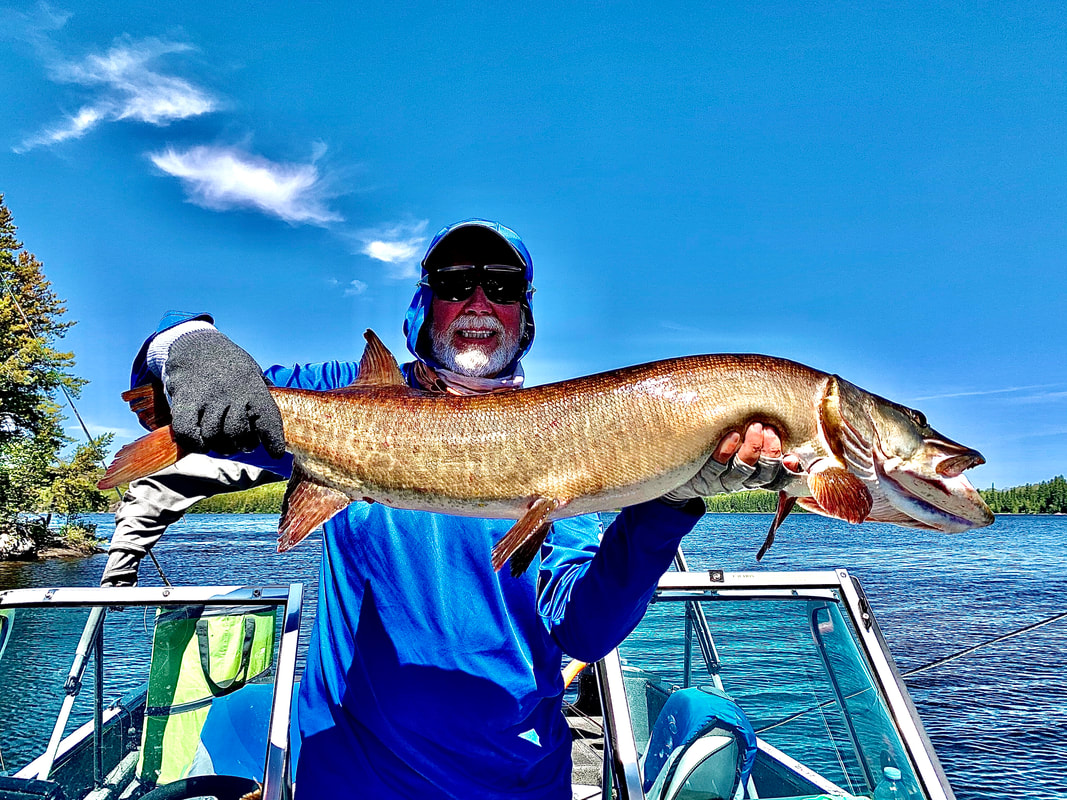
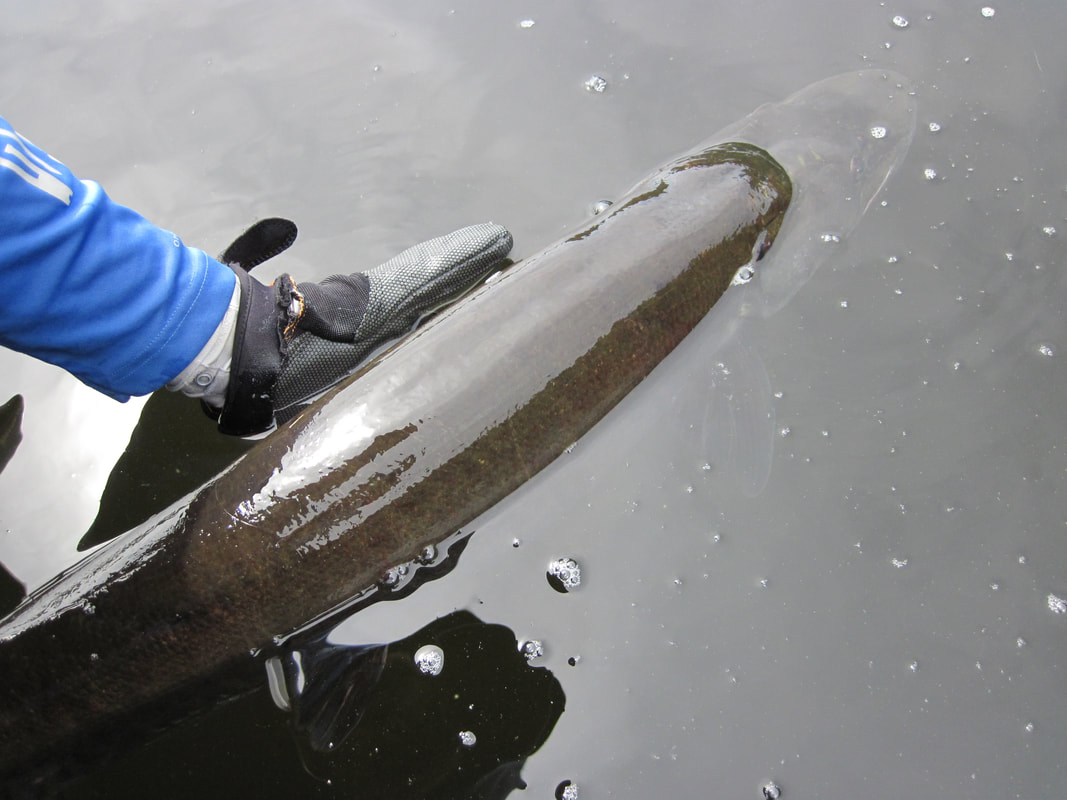
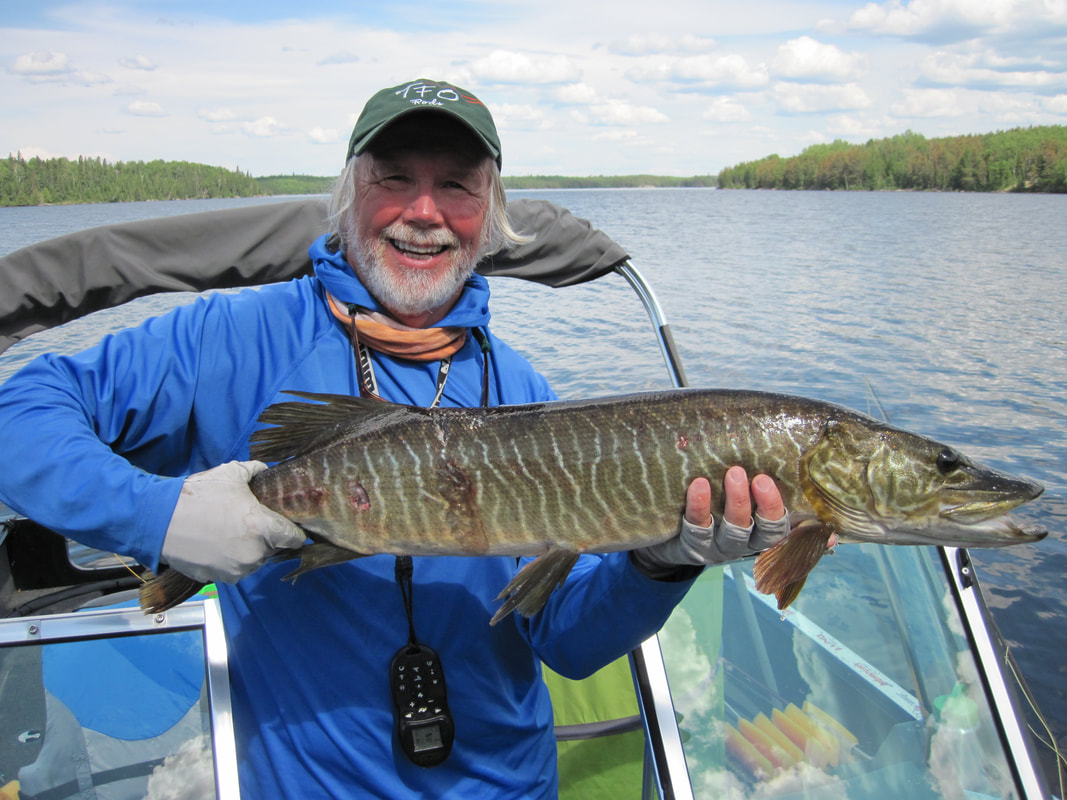
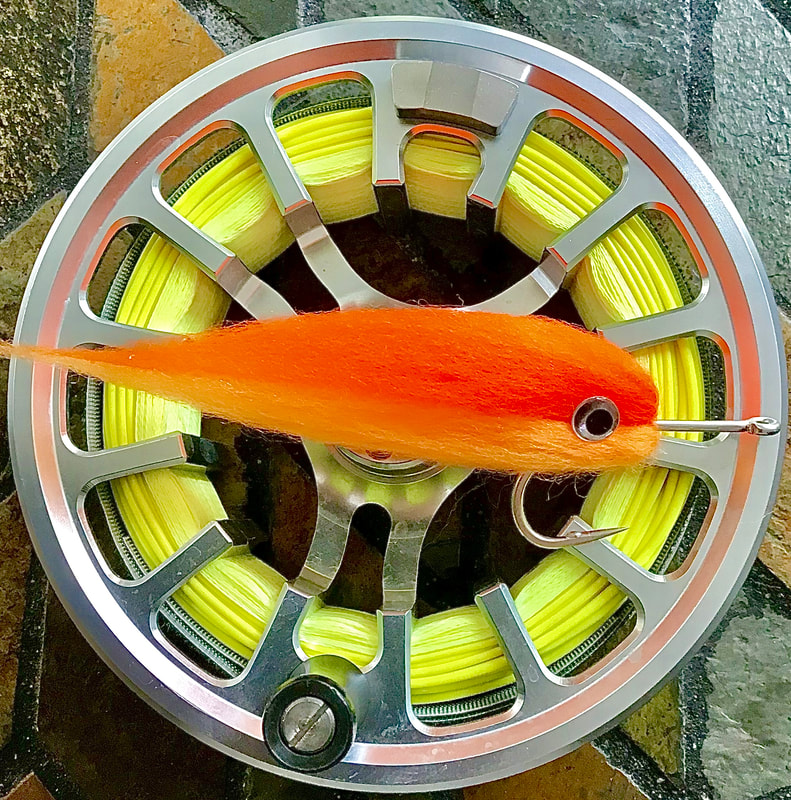
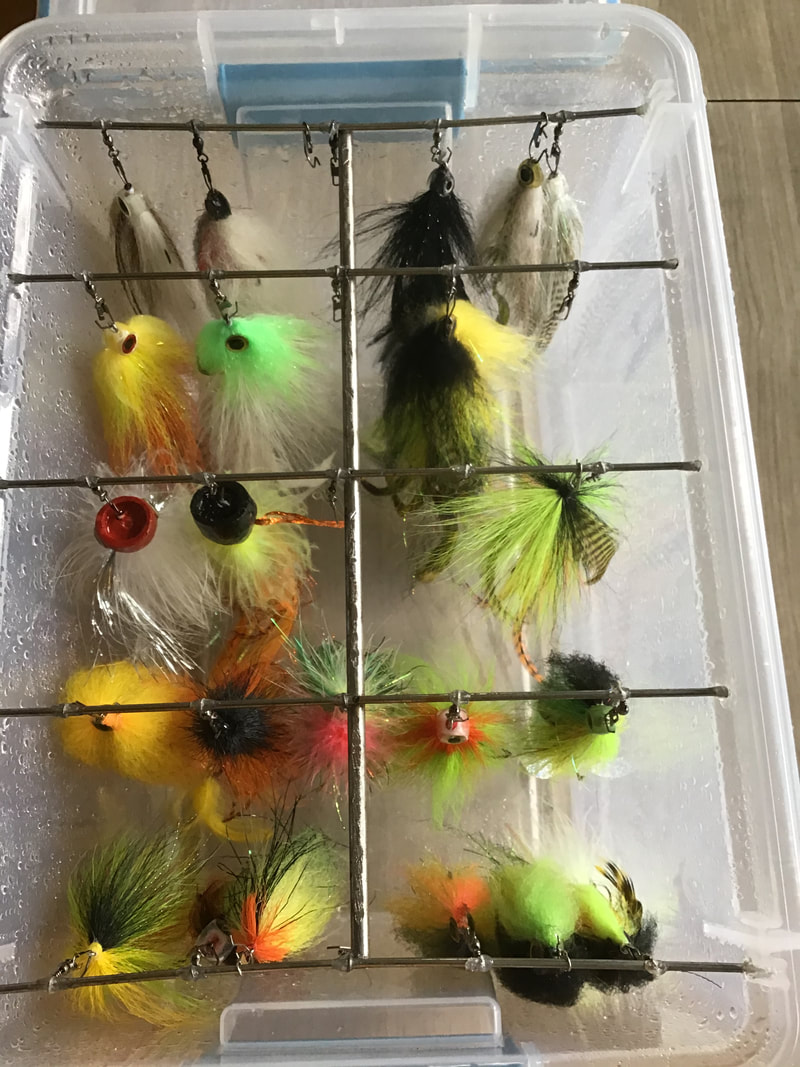
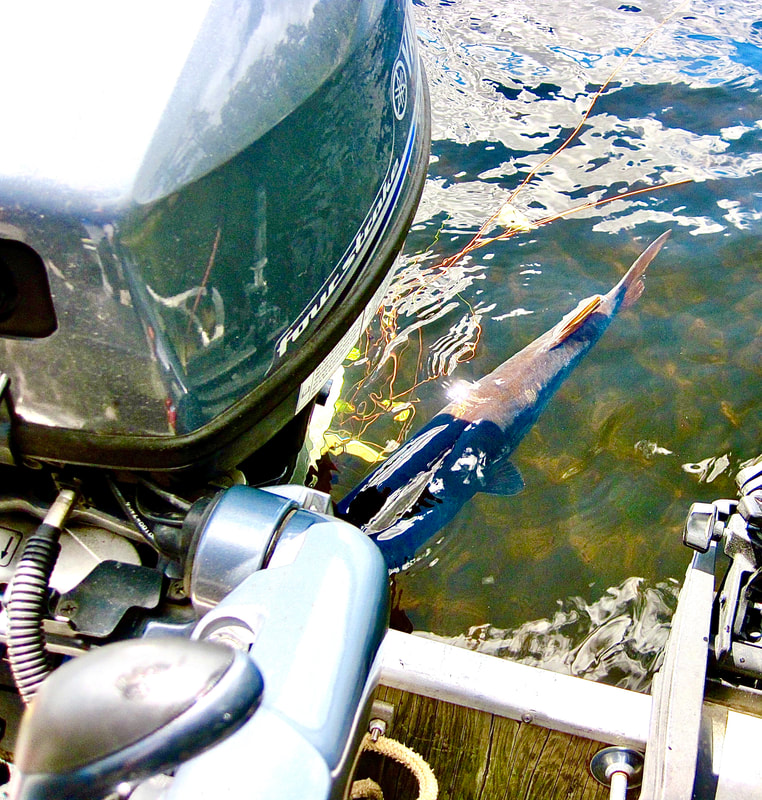
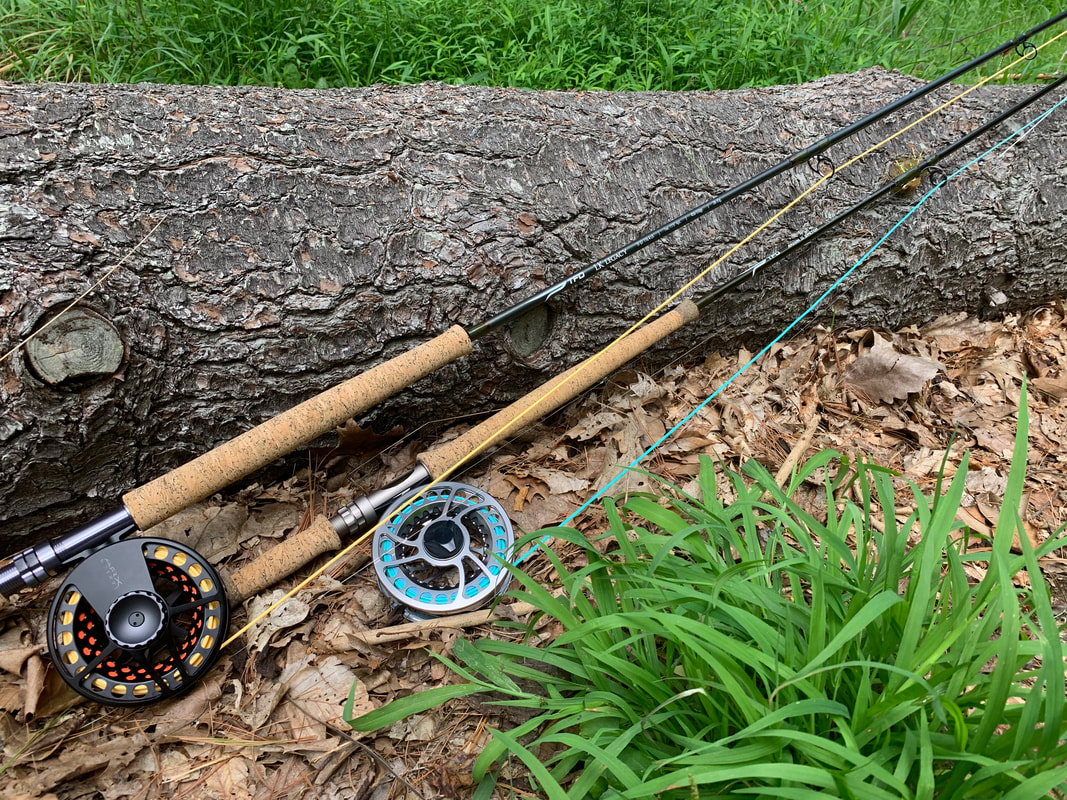
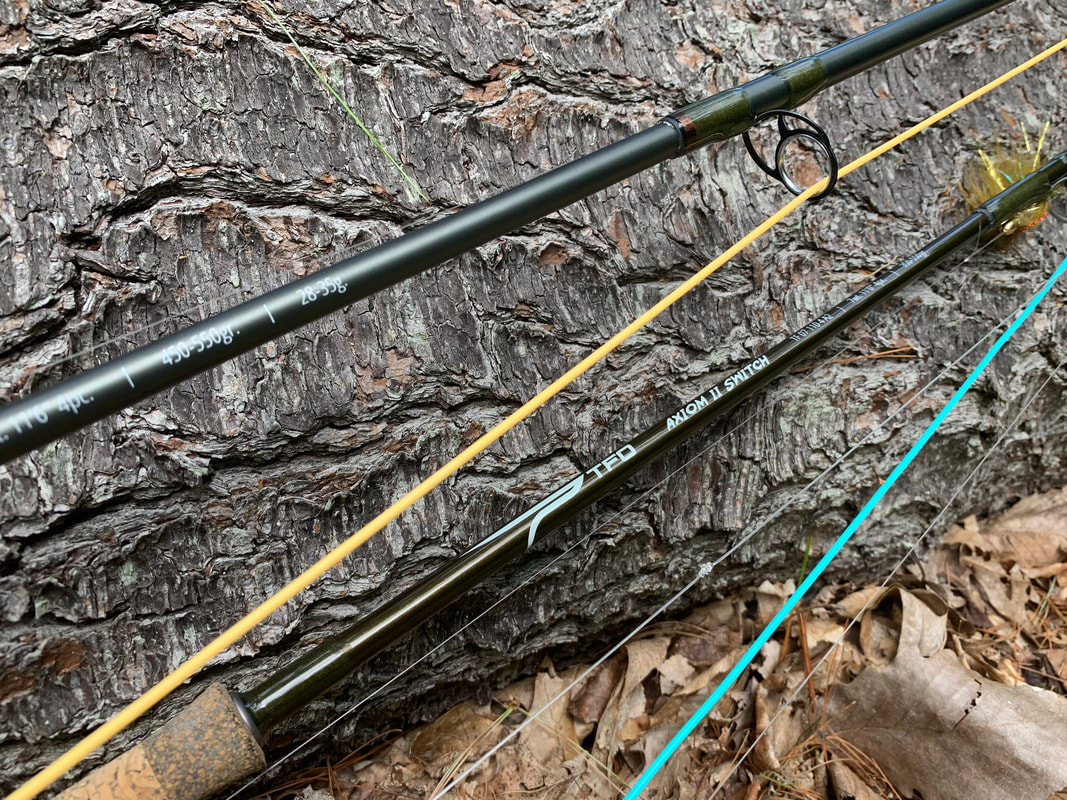
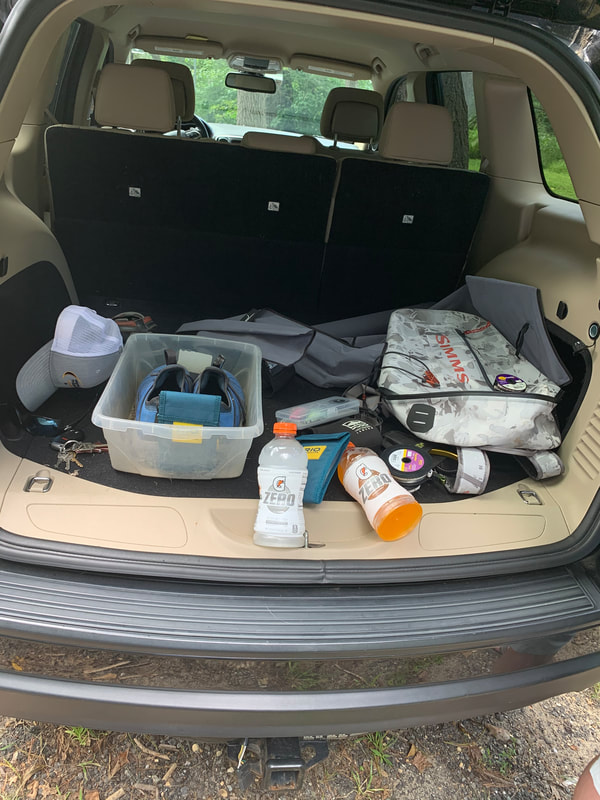
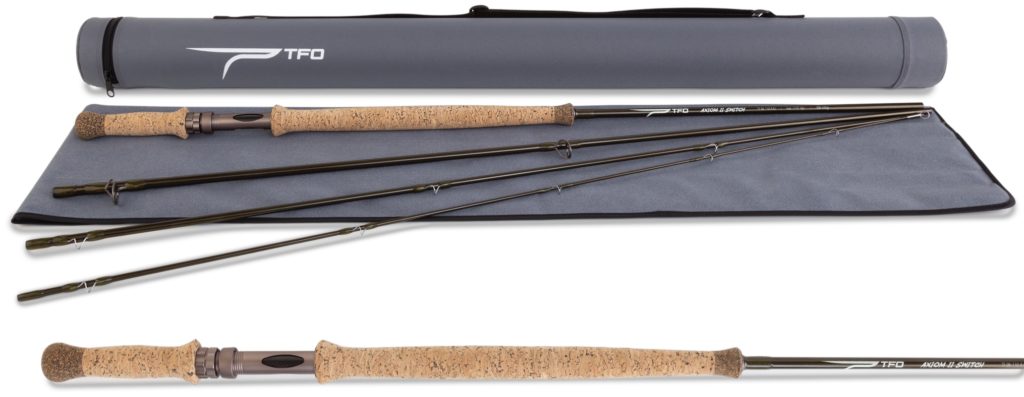
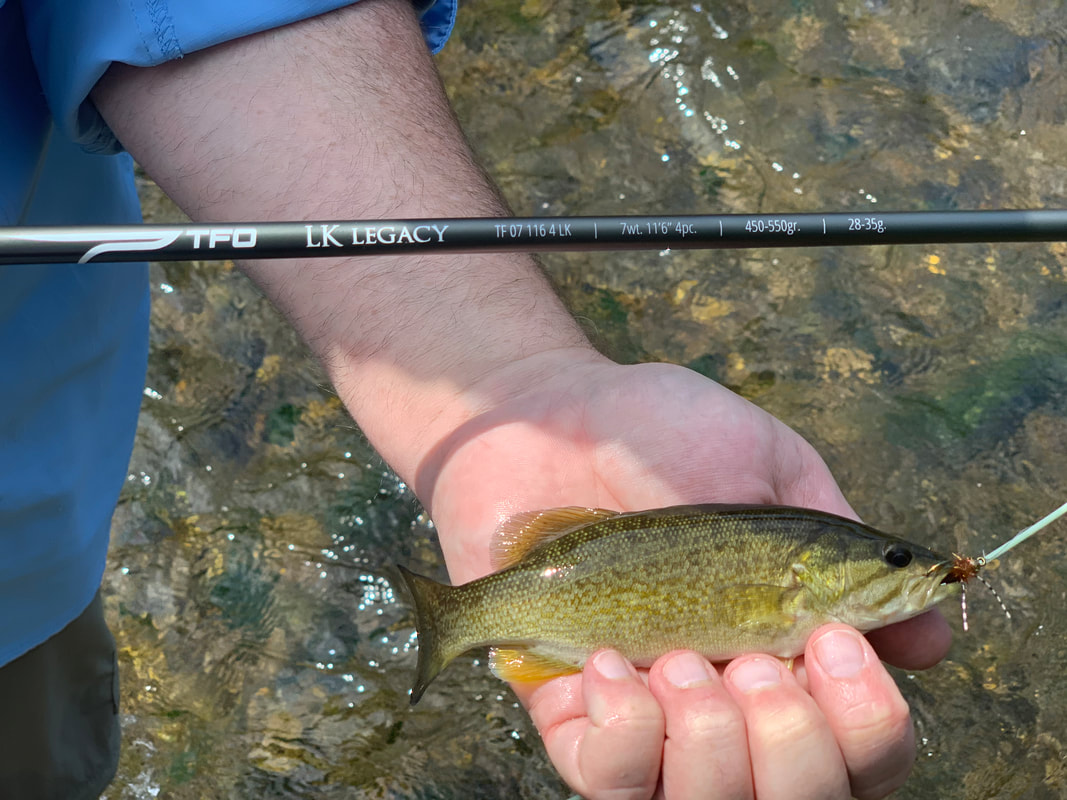
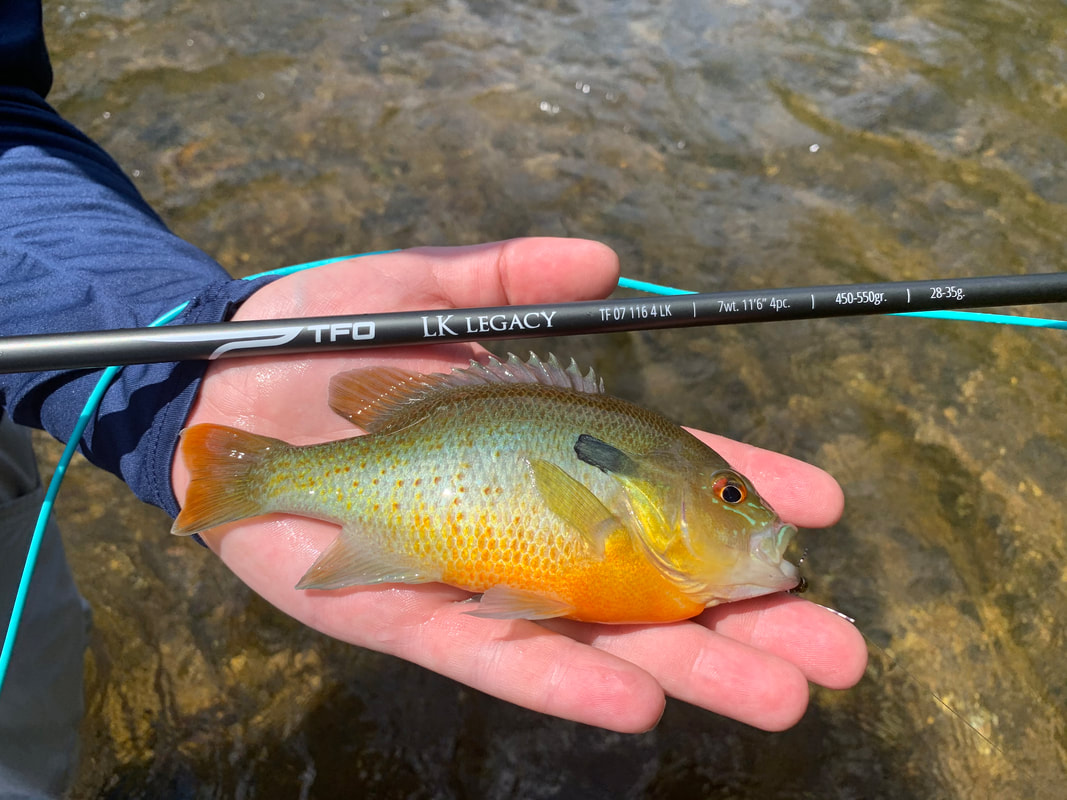
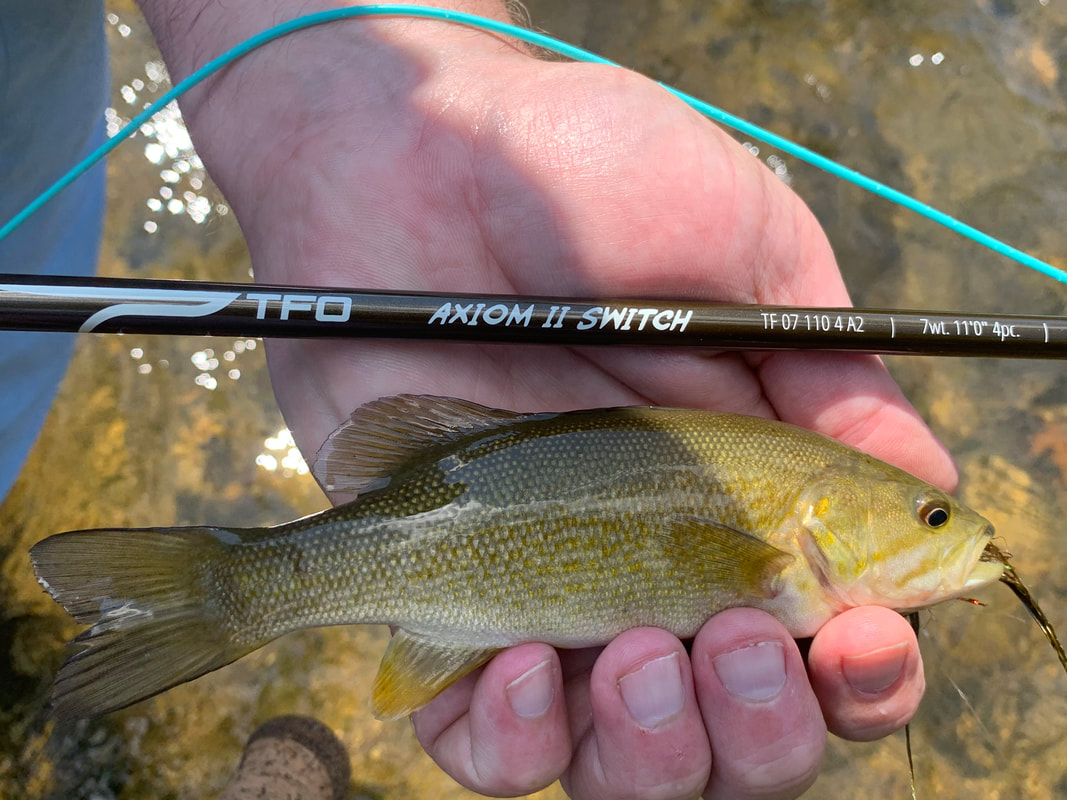
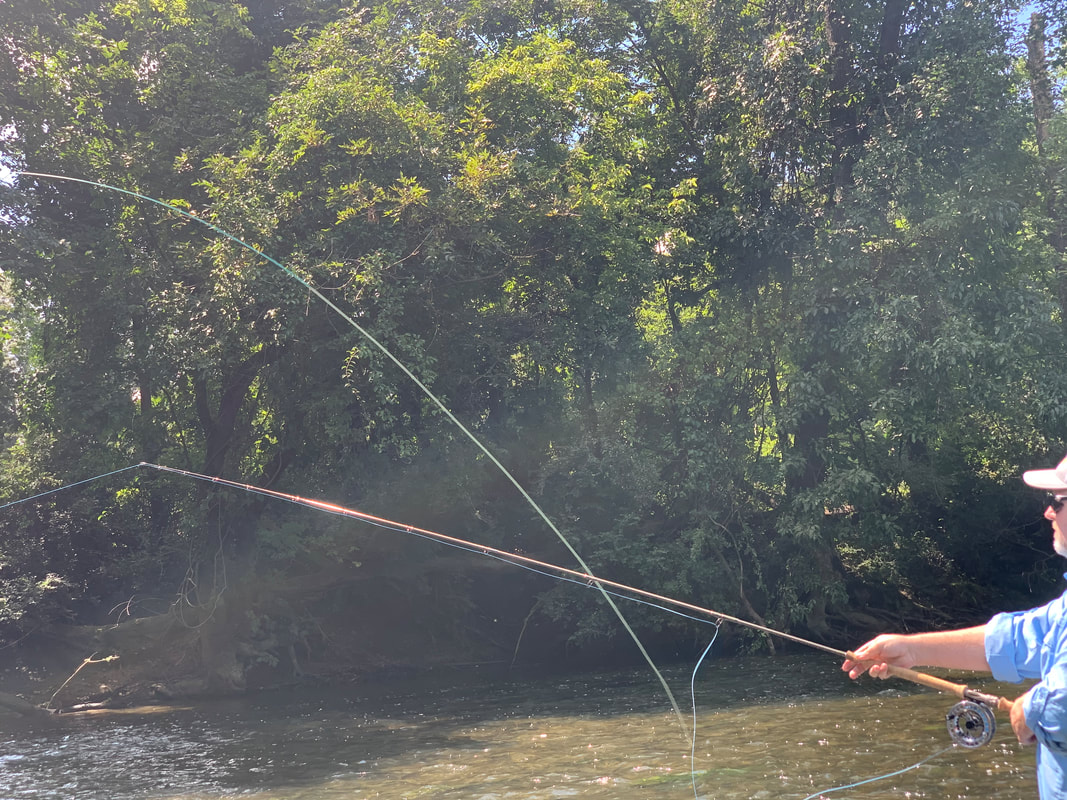
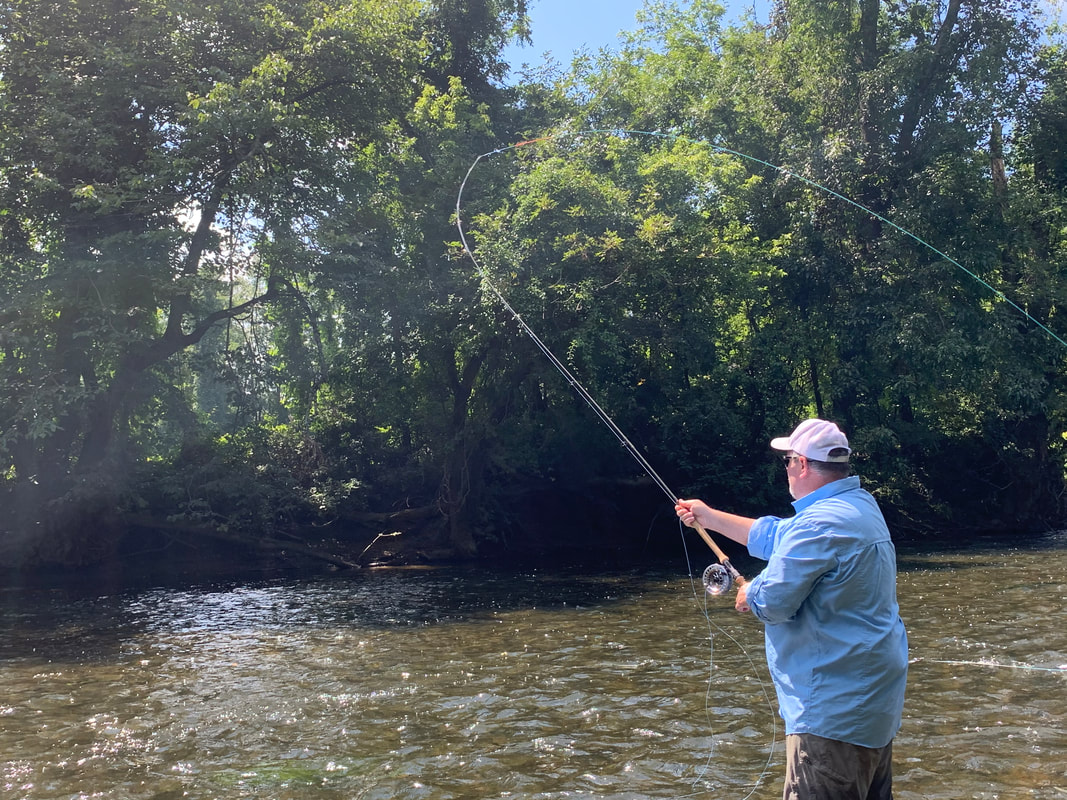
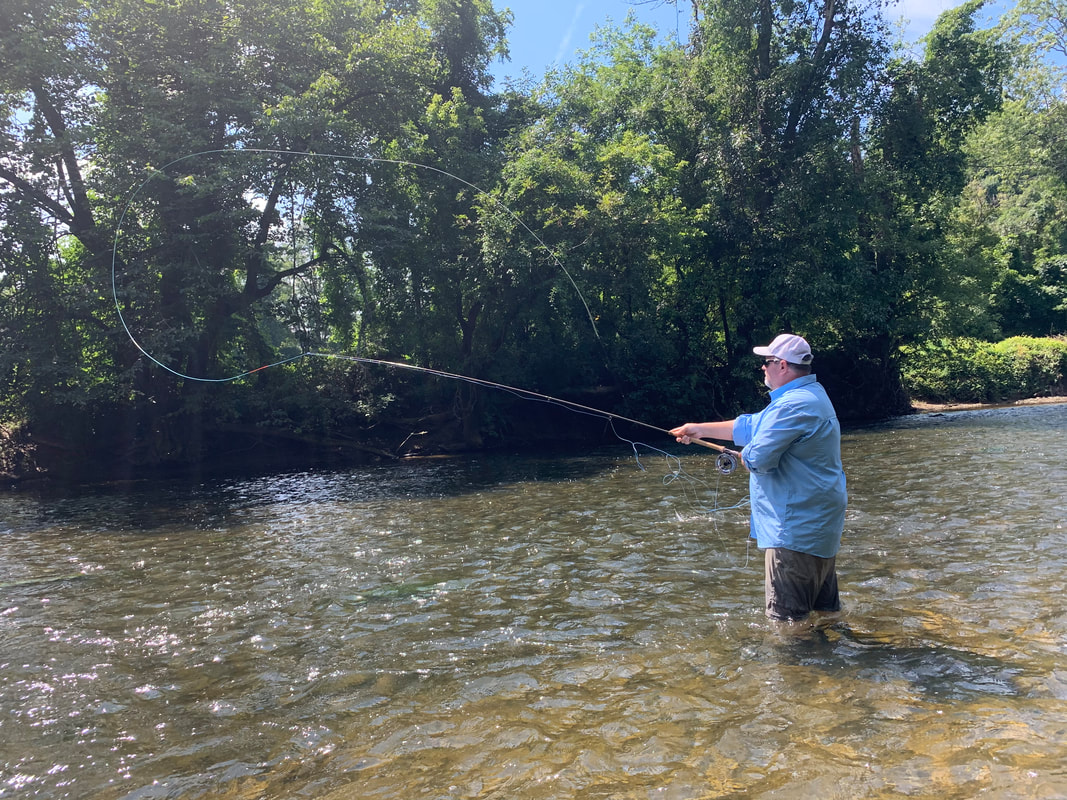
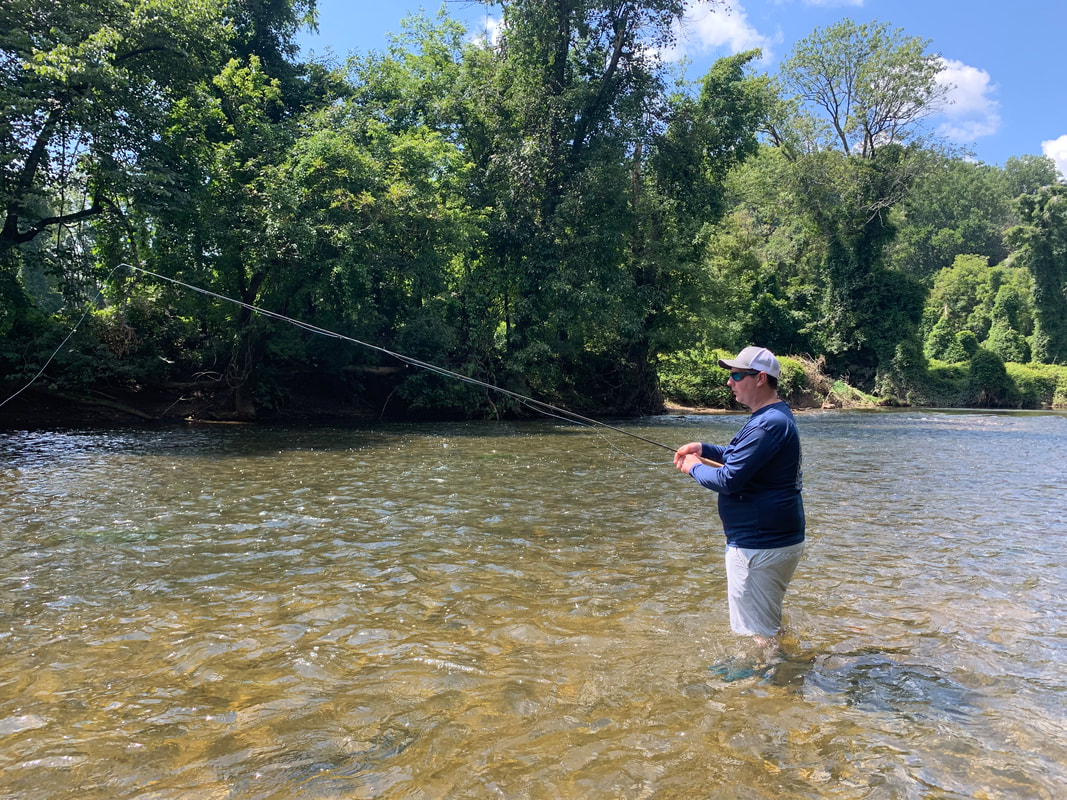
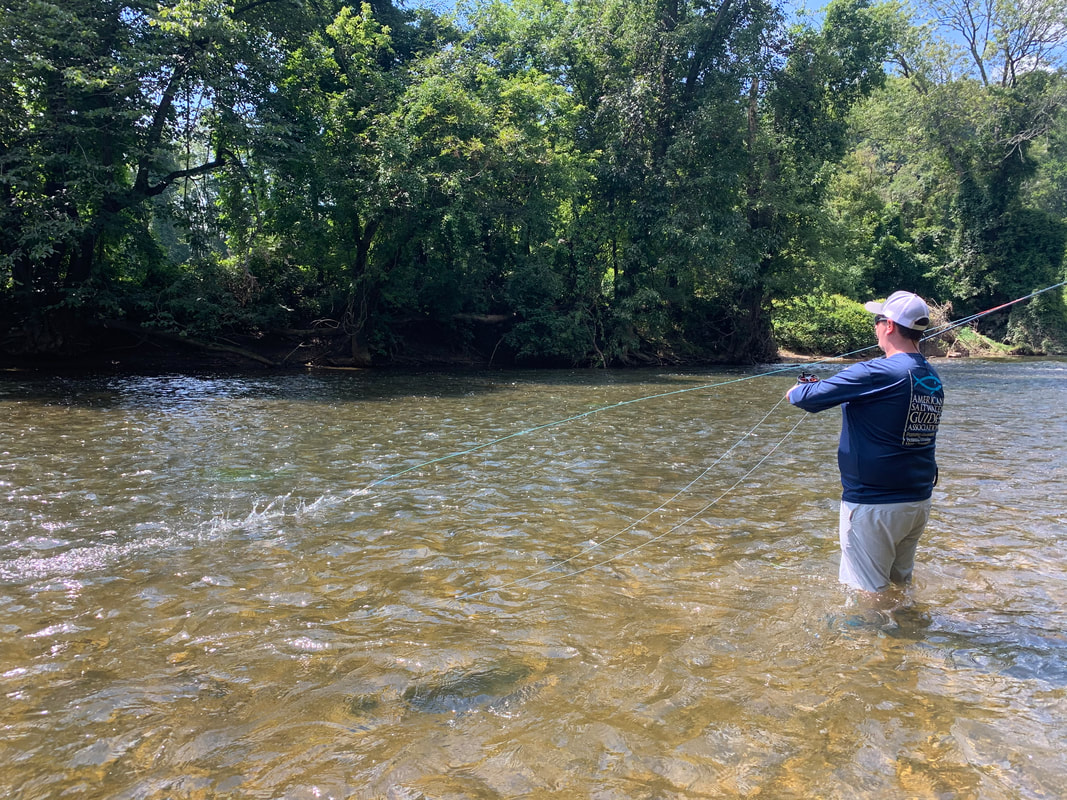
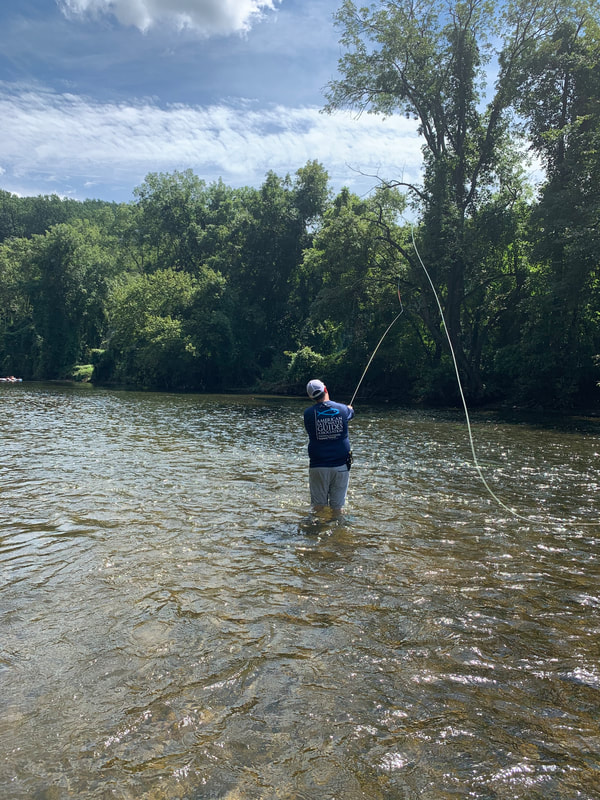

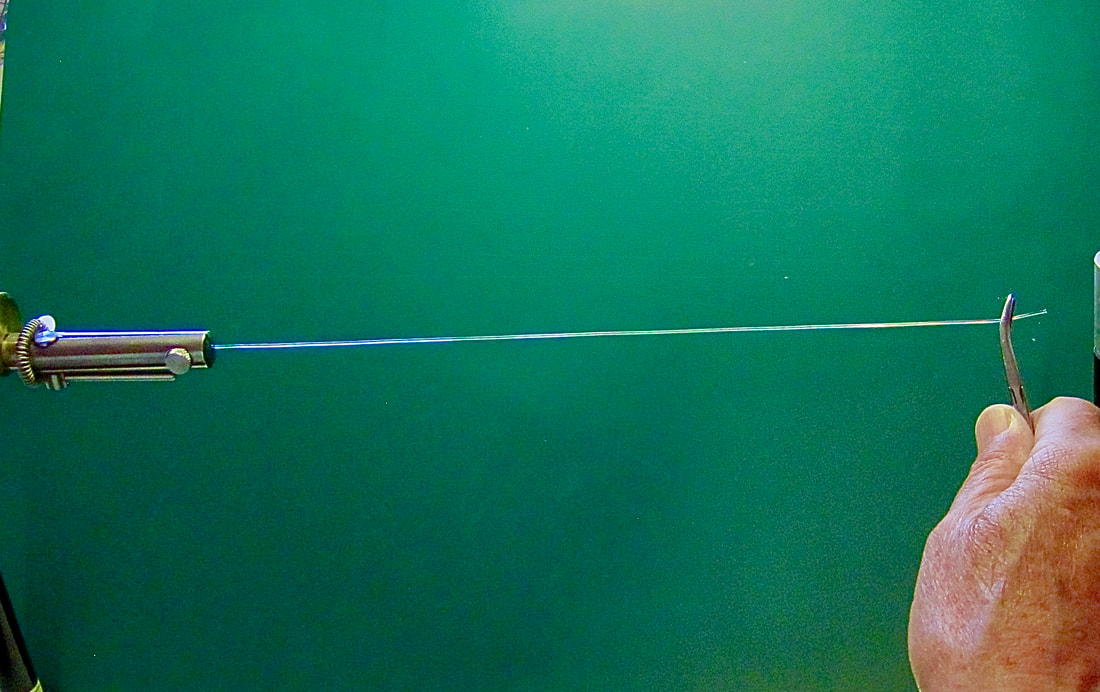
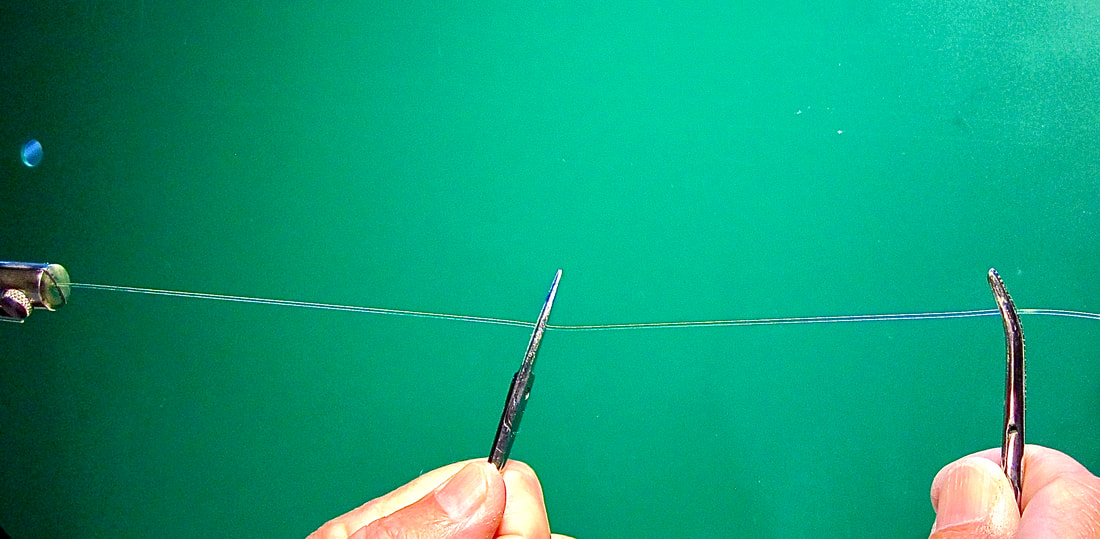
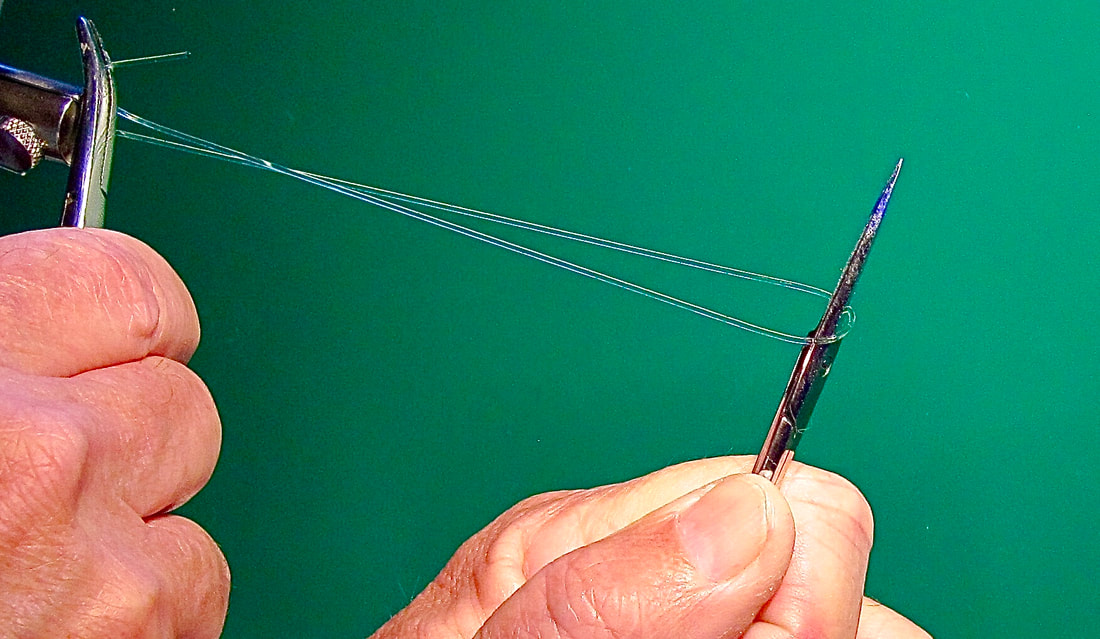
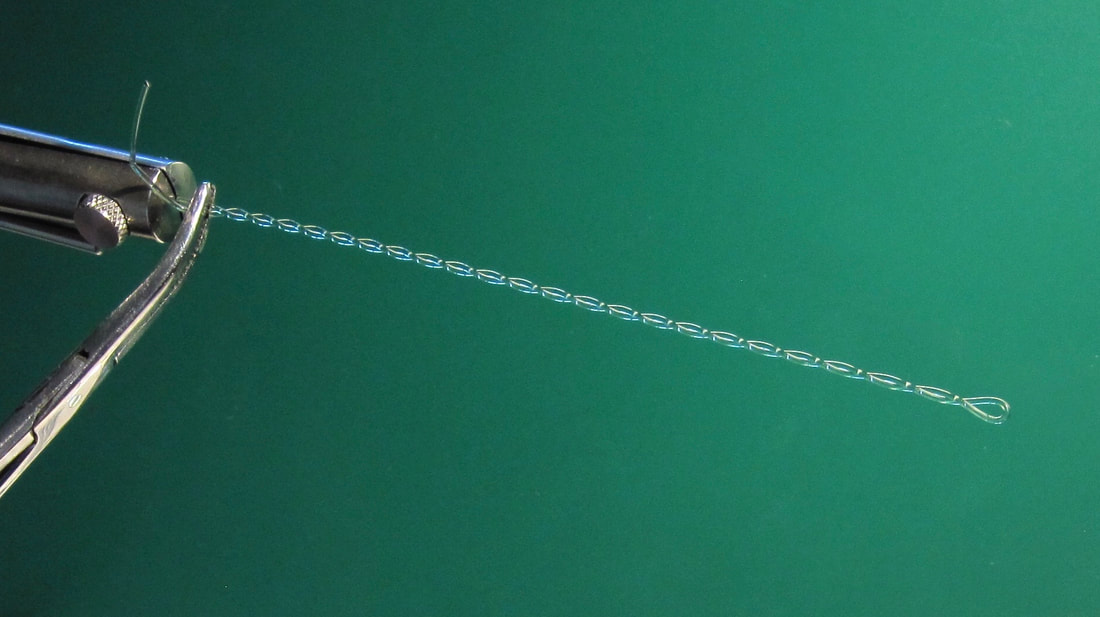
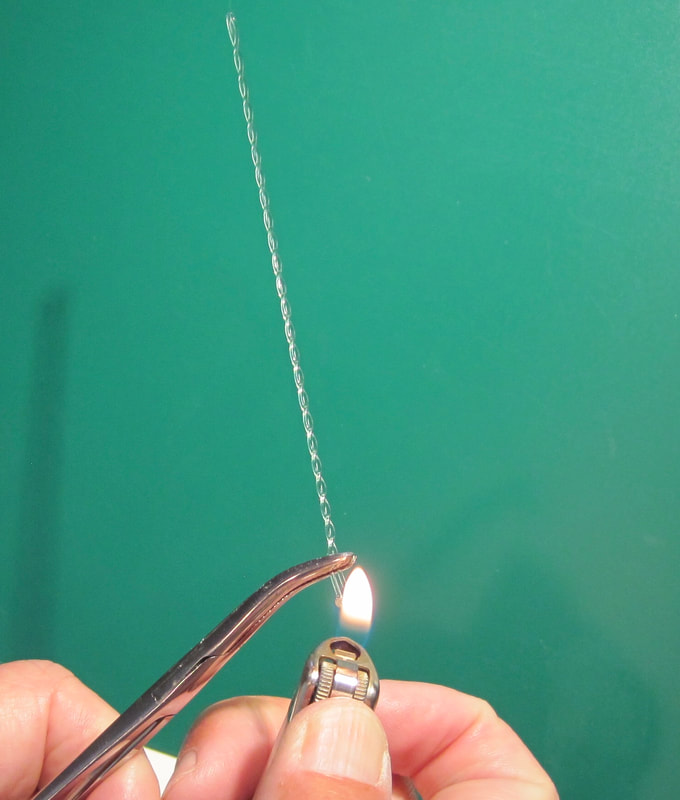
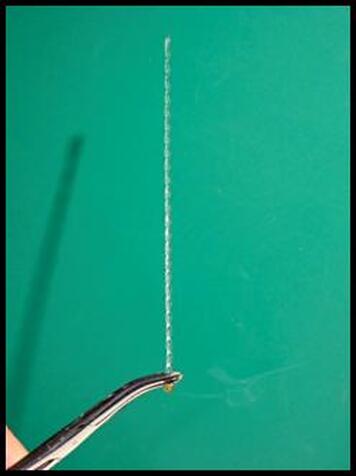
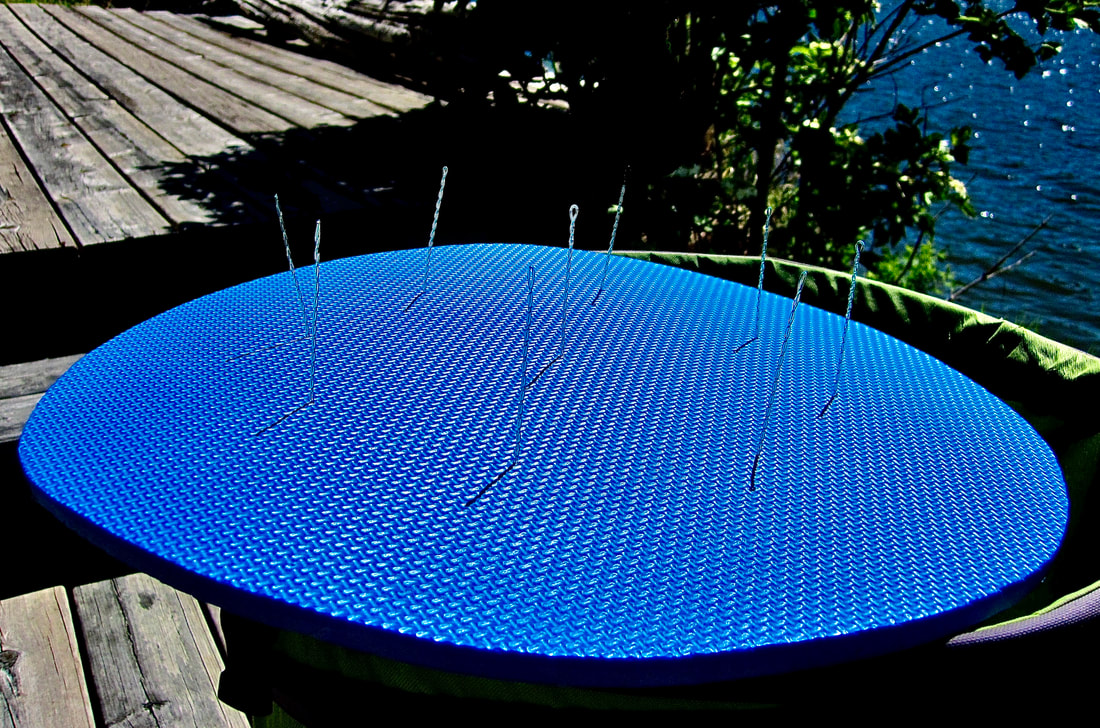
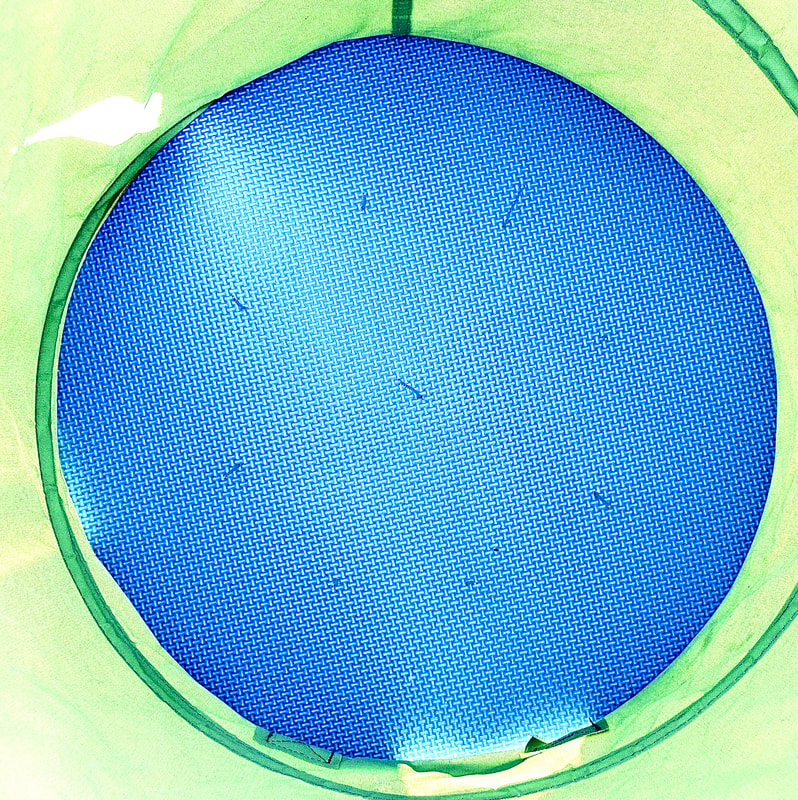
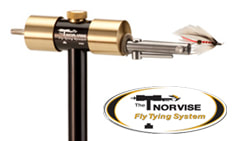
 RSS Feed
RSS Feed
